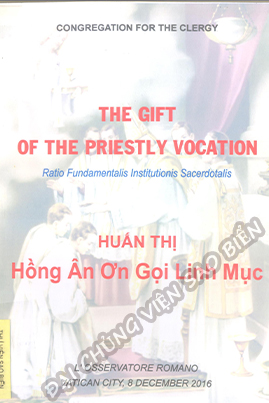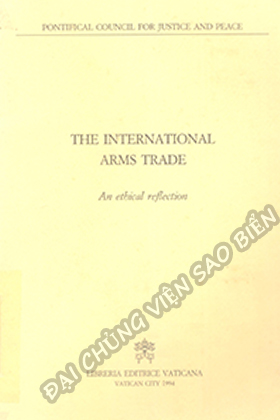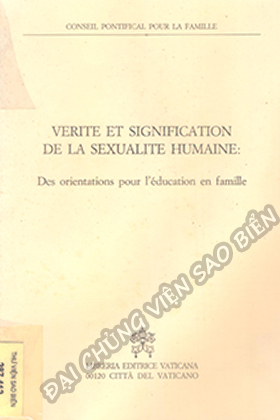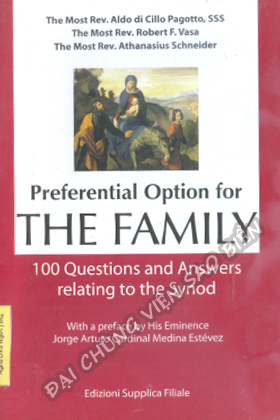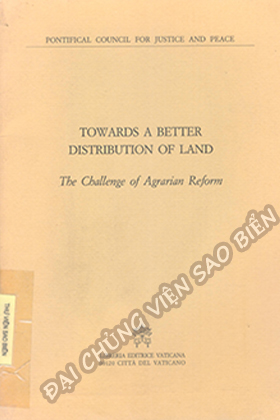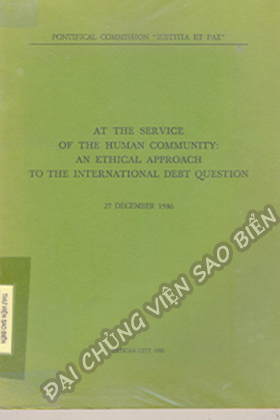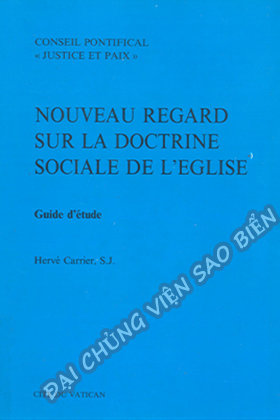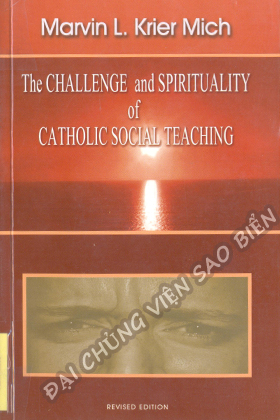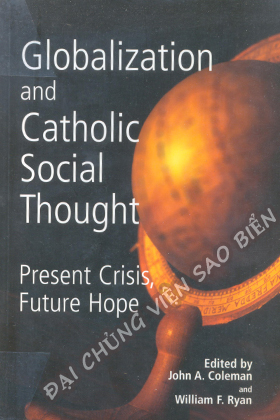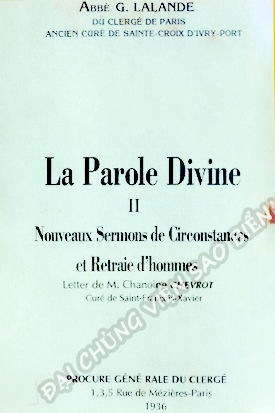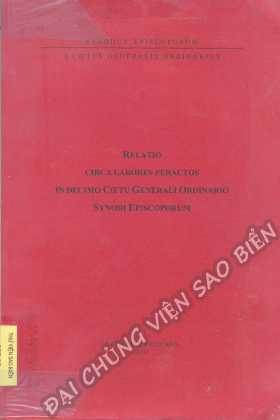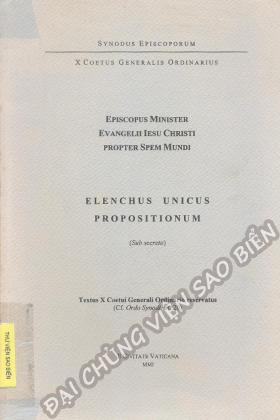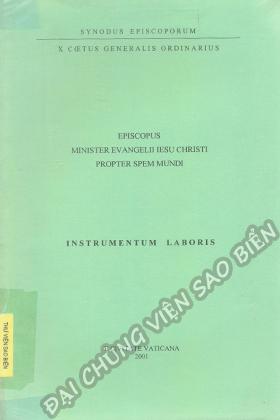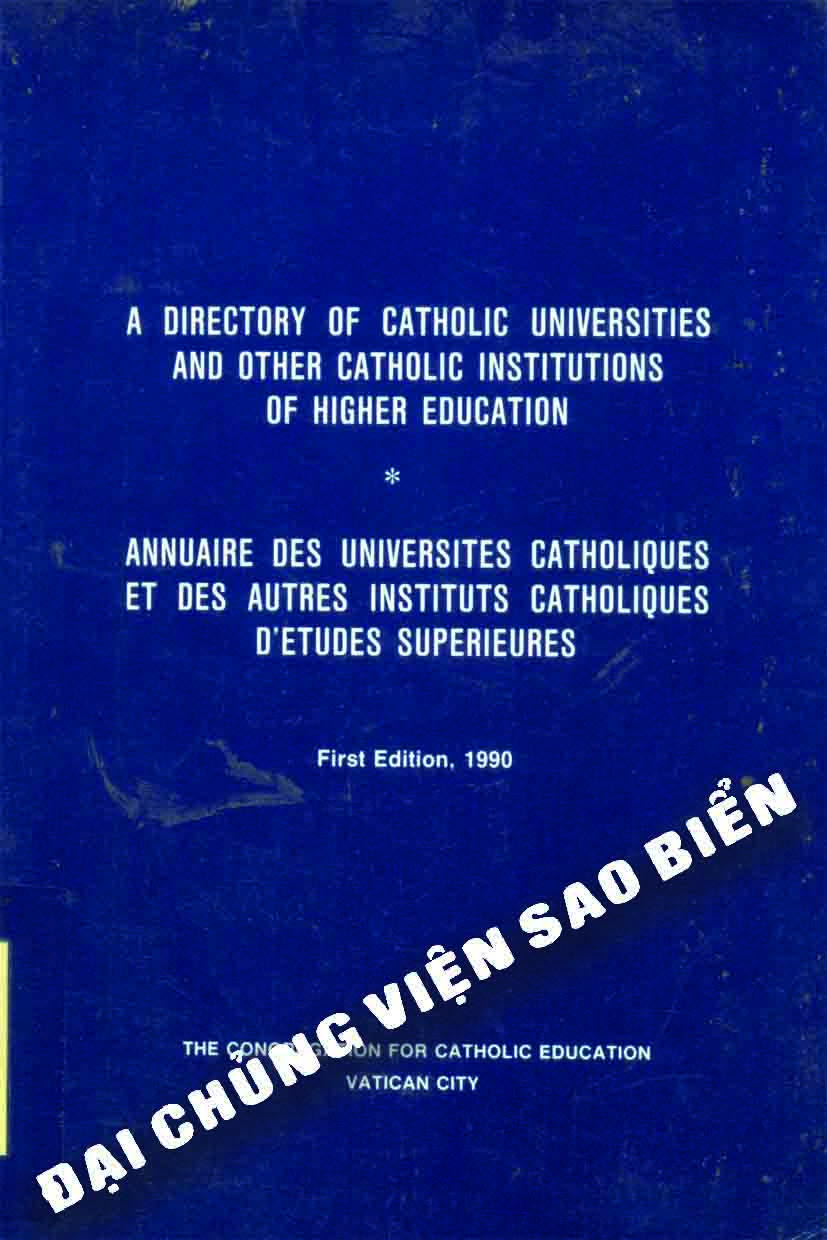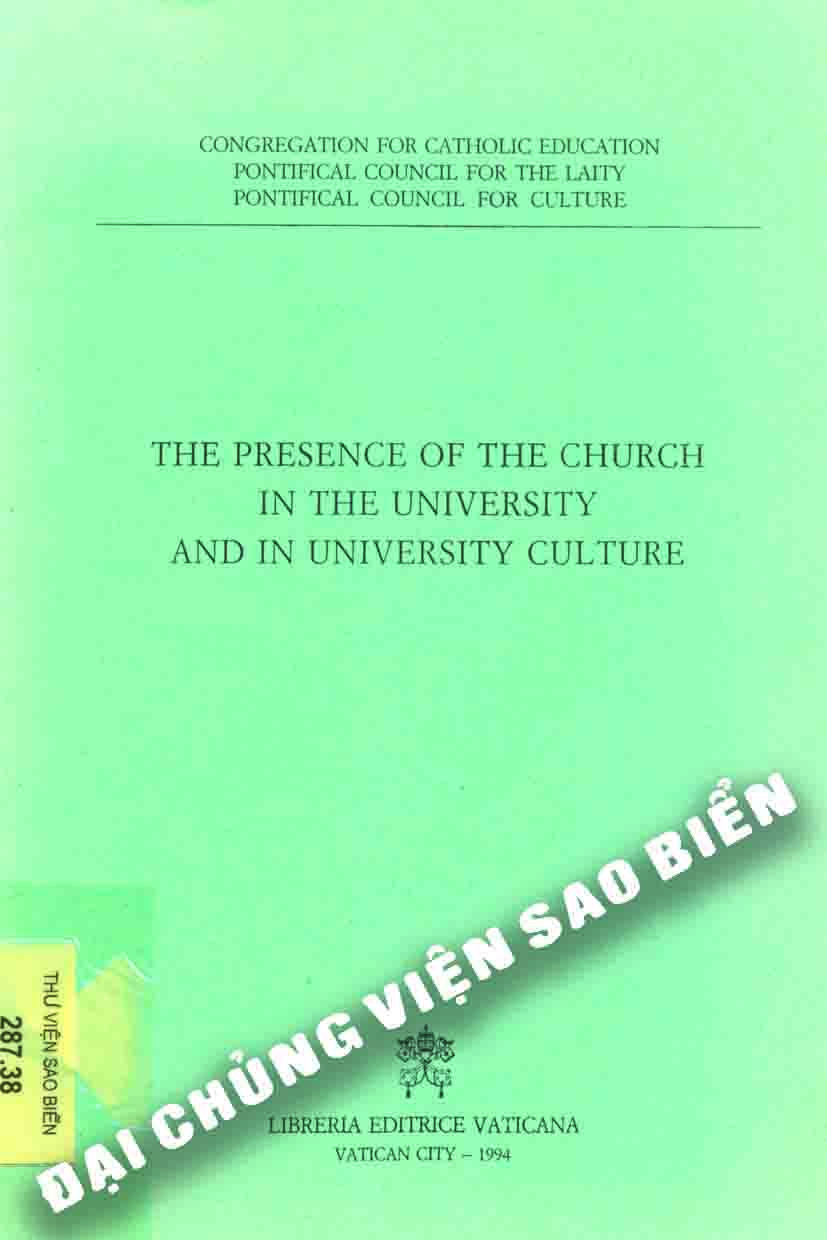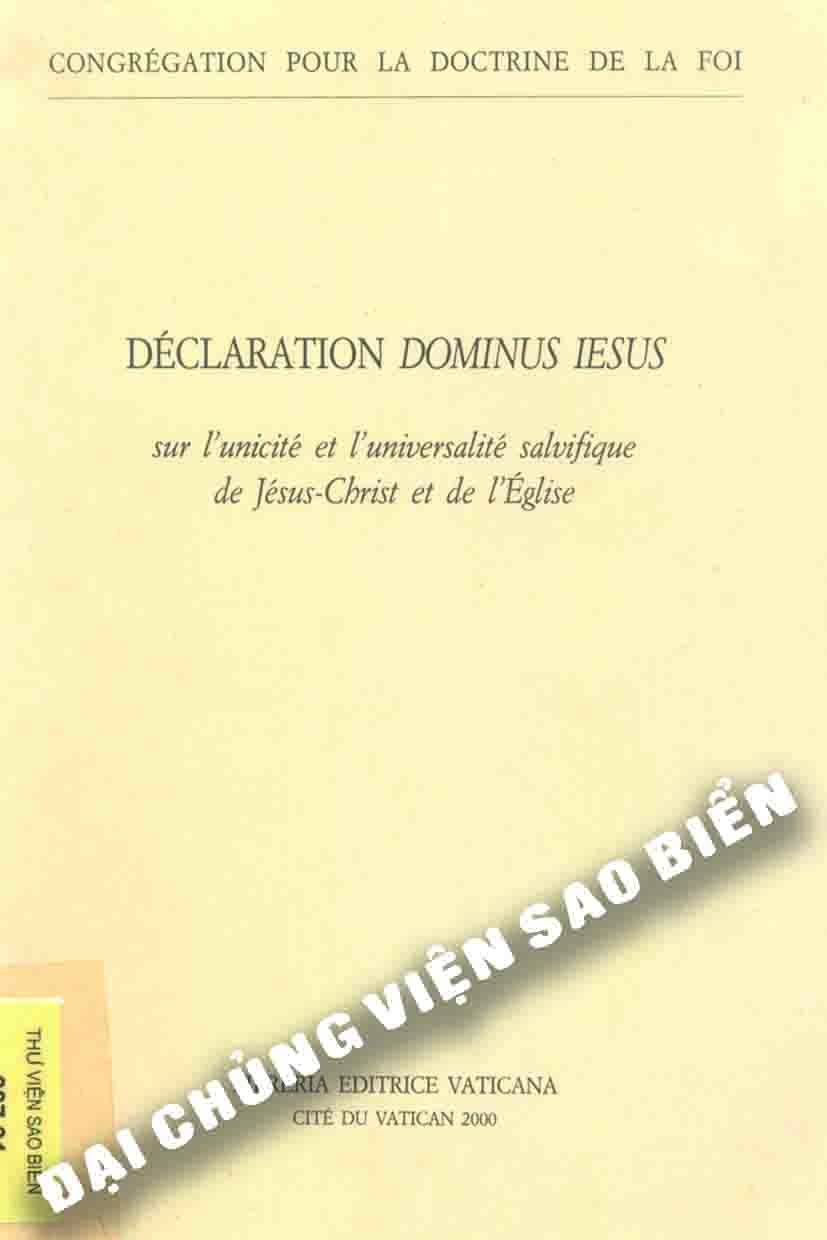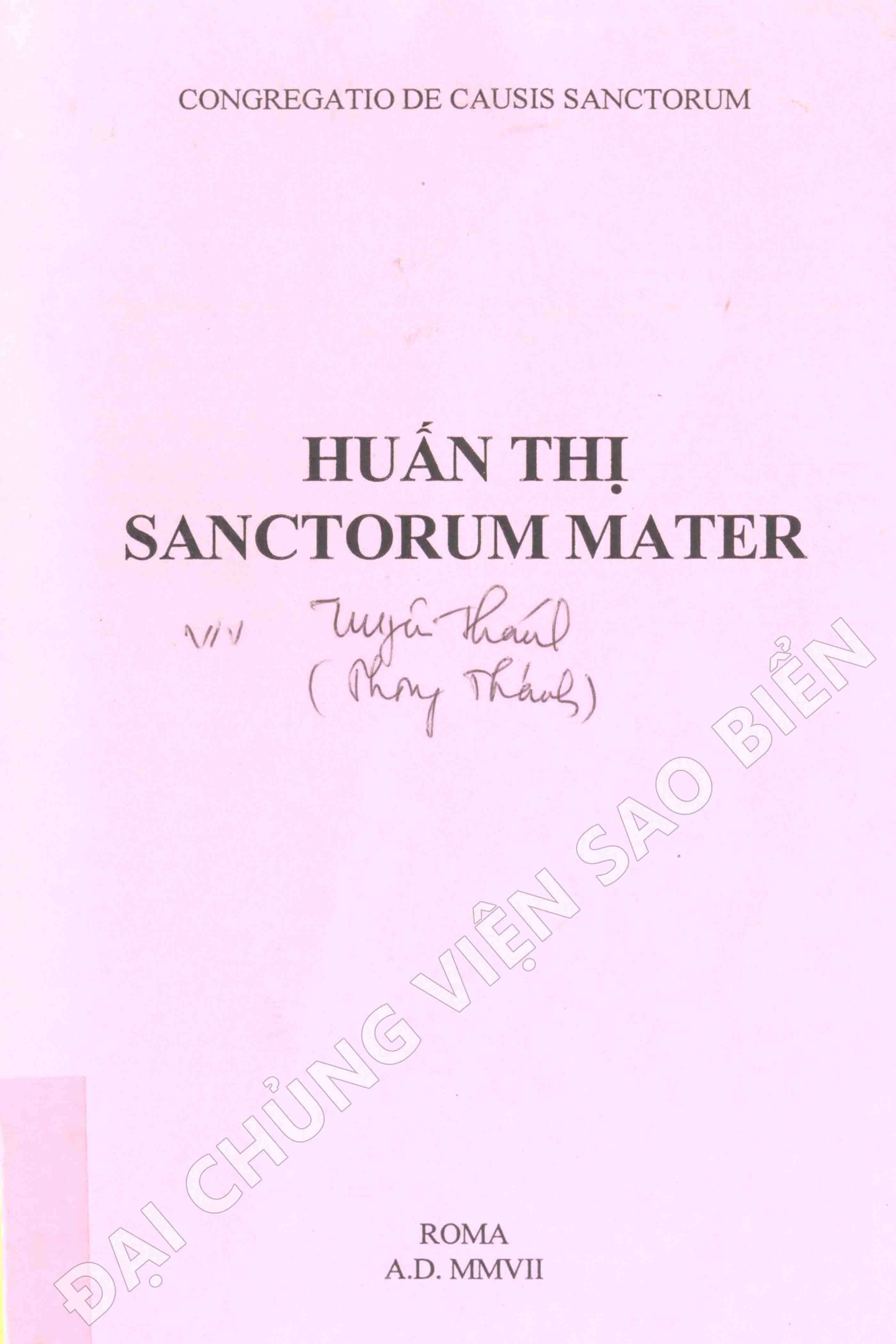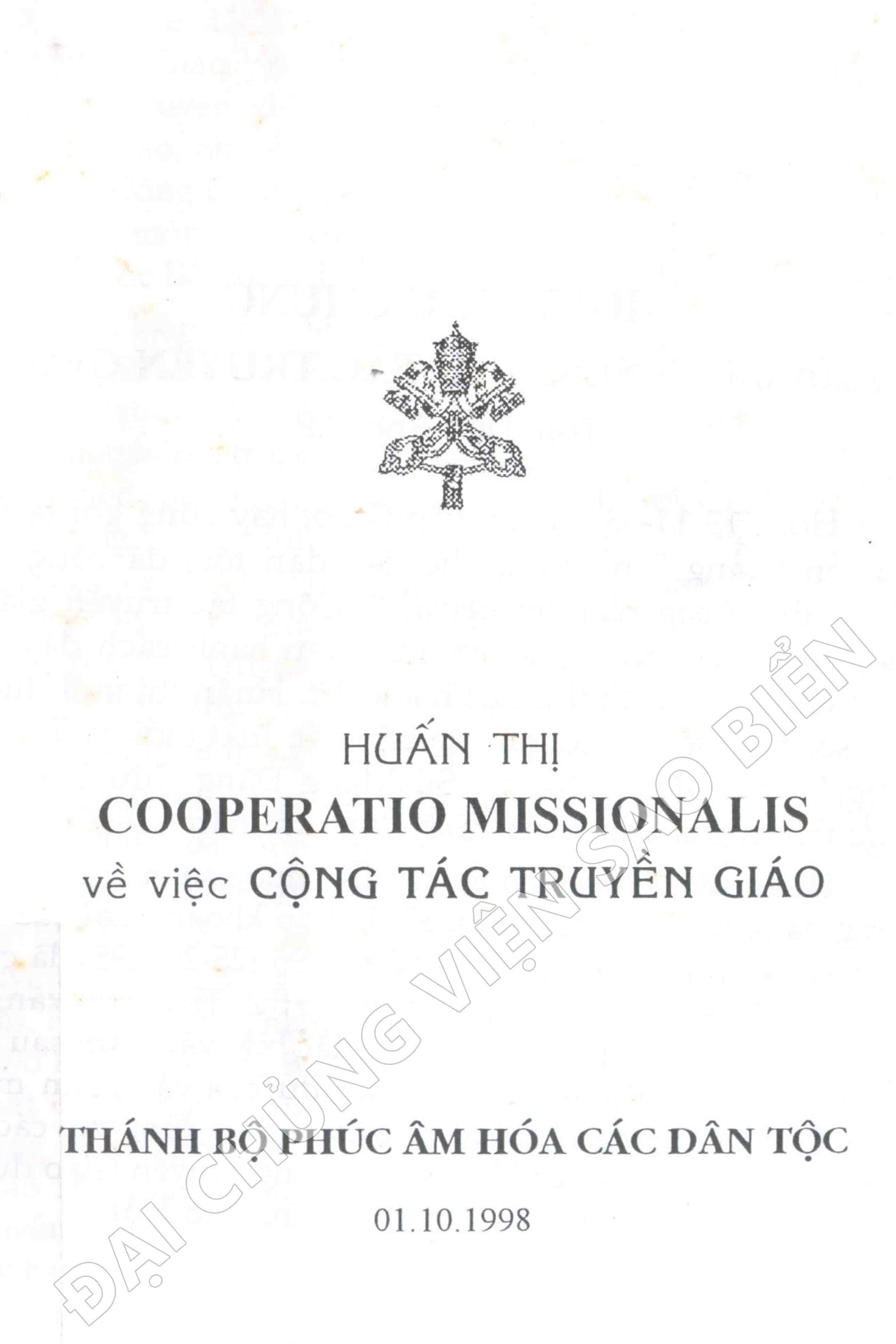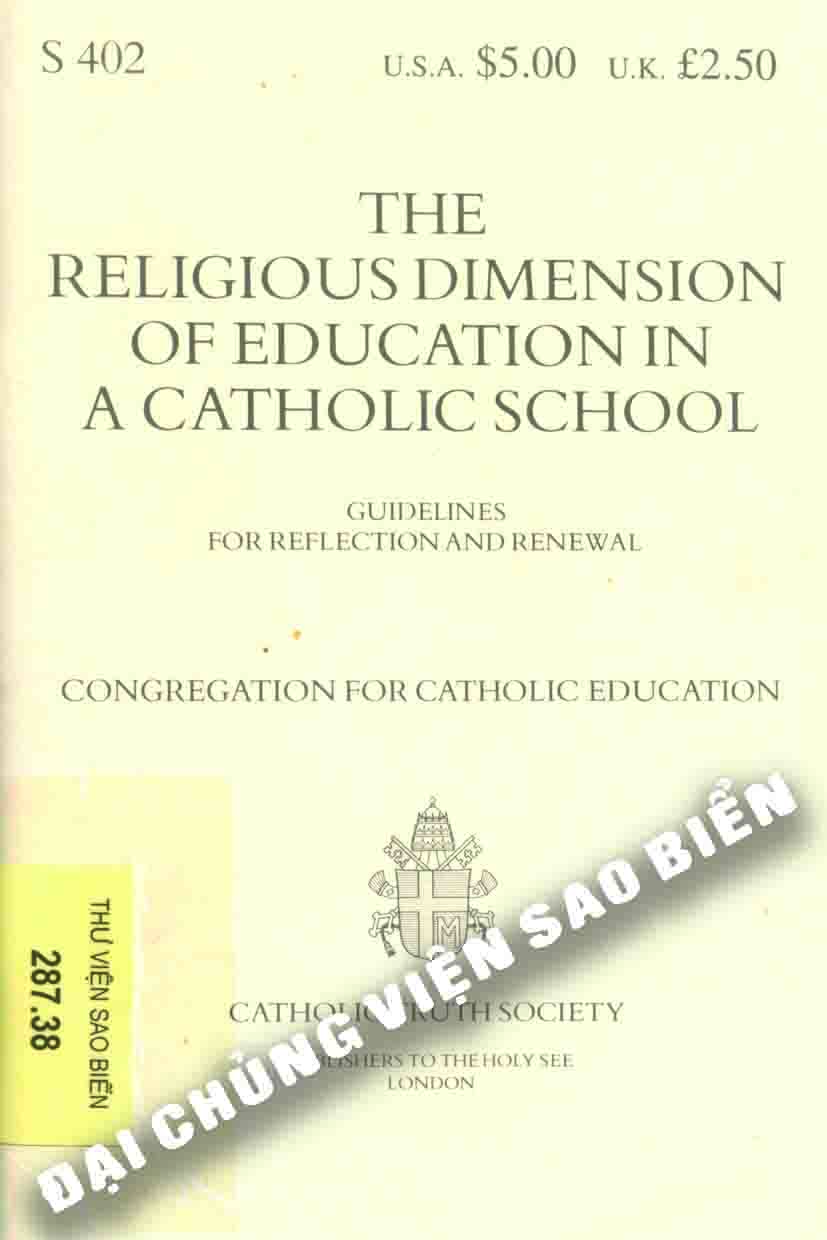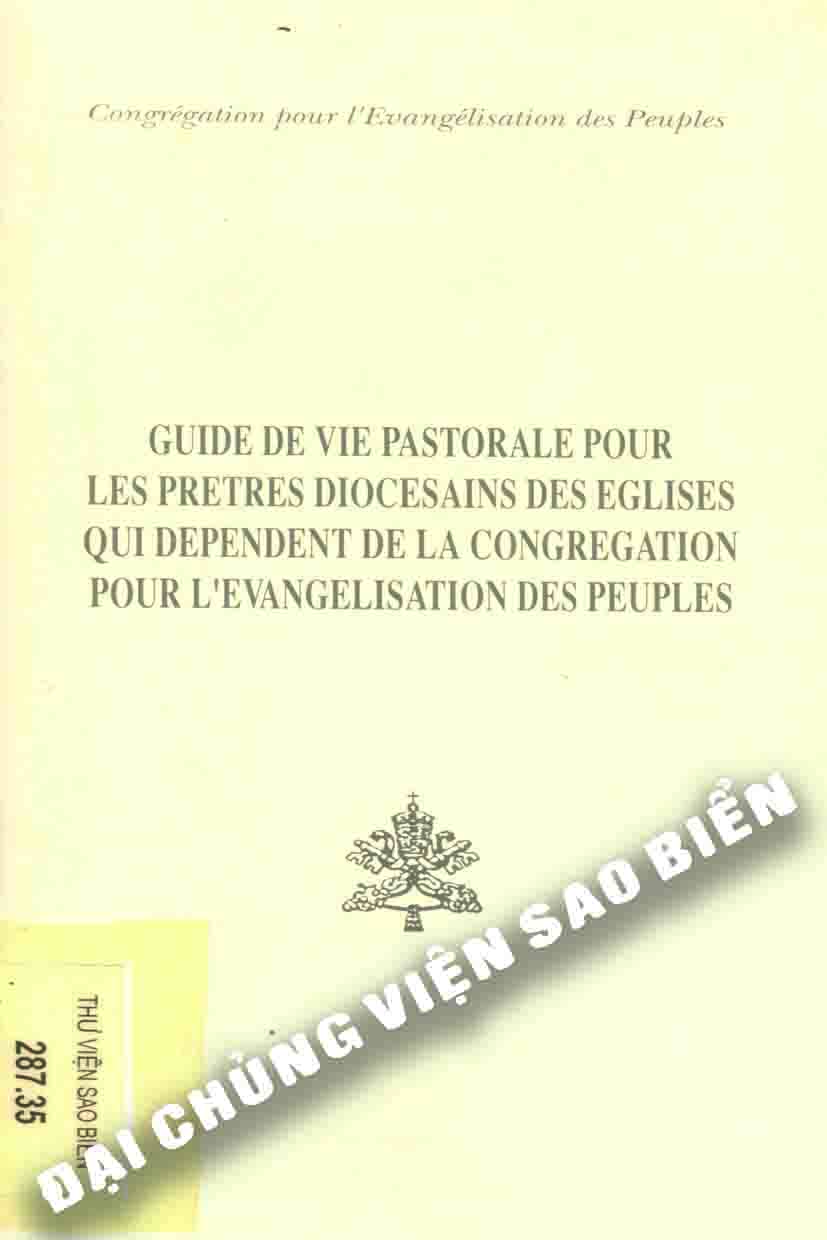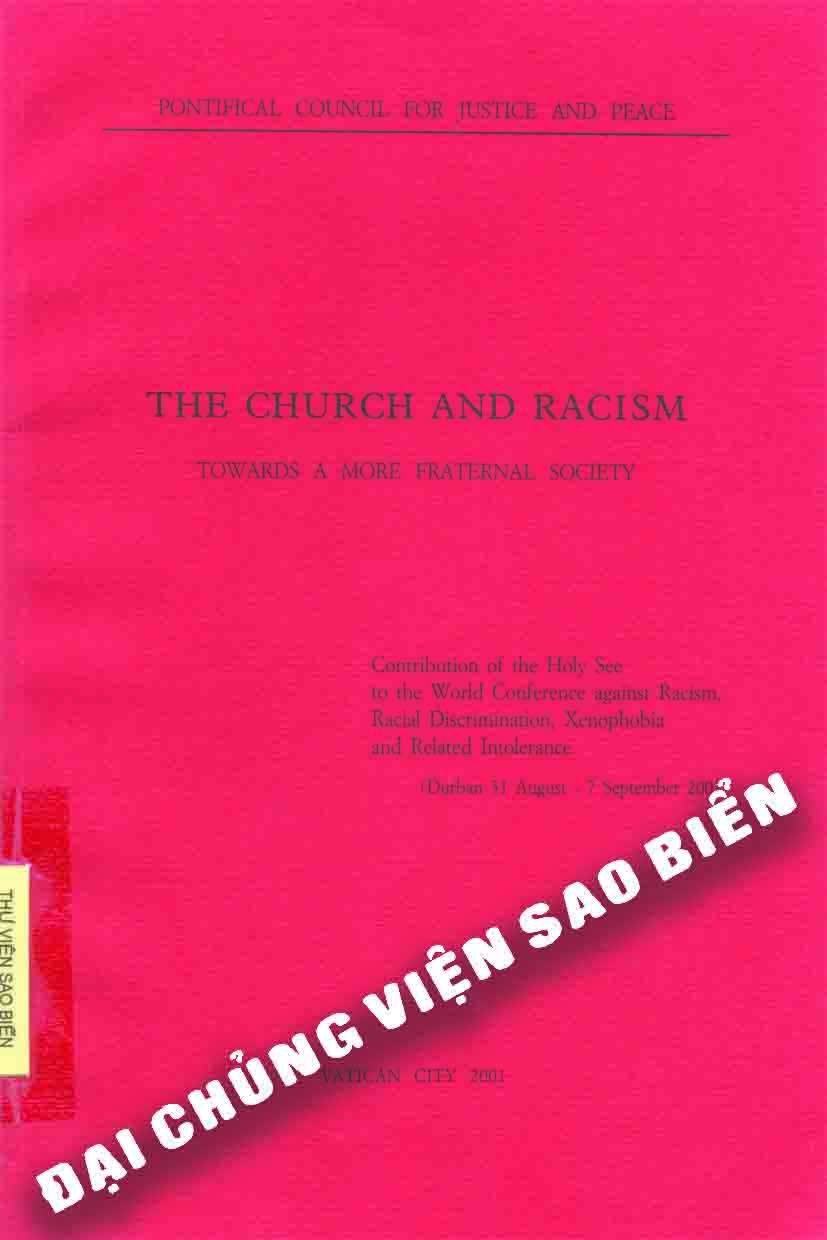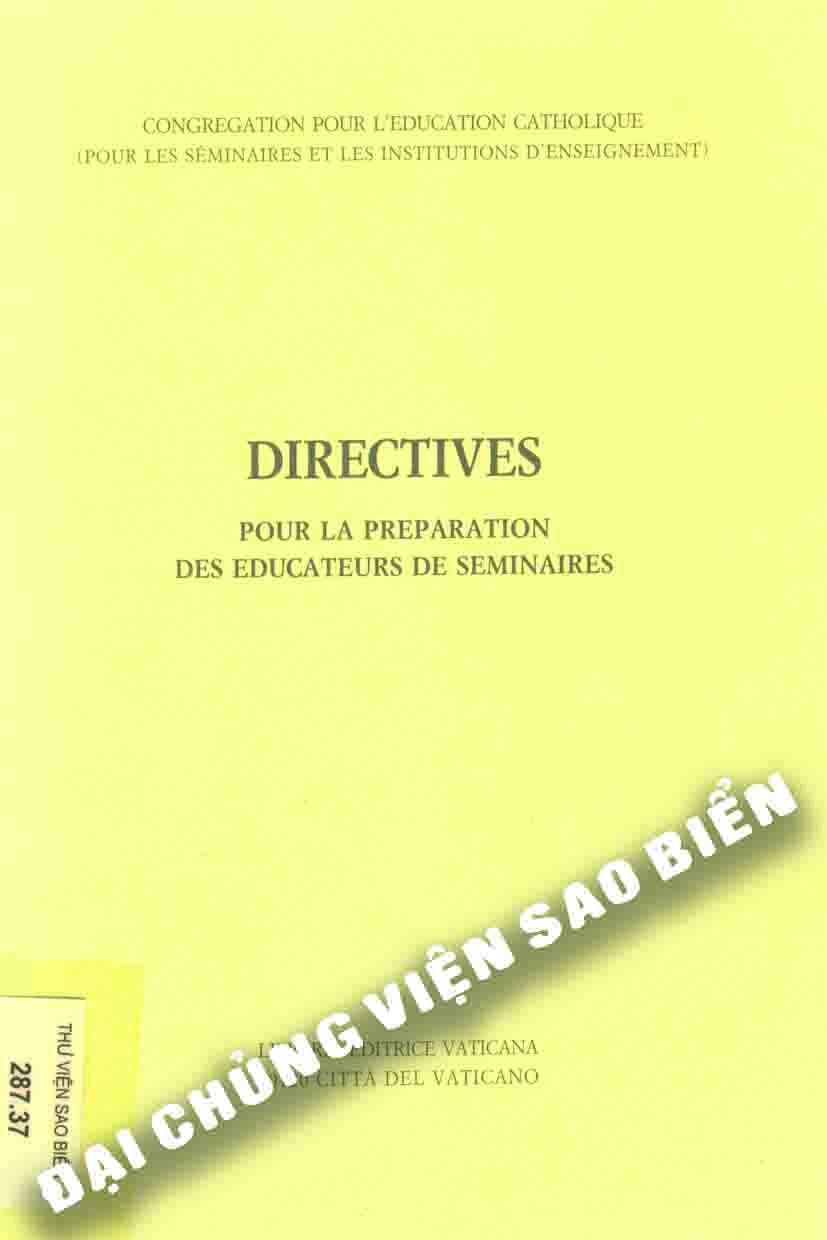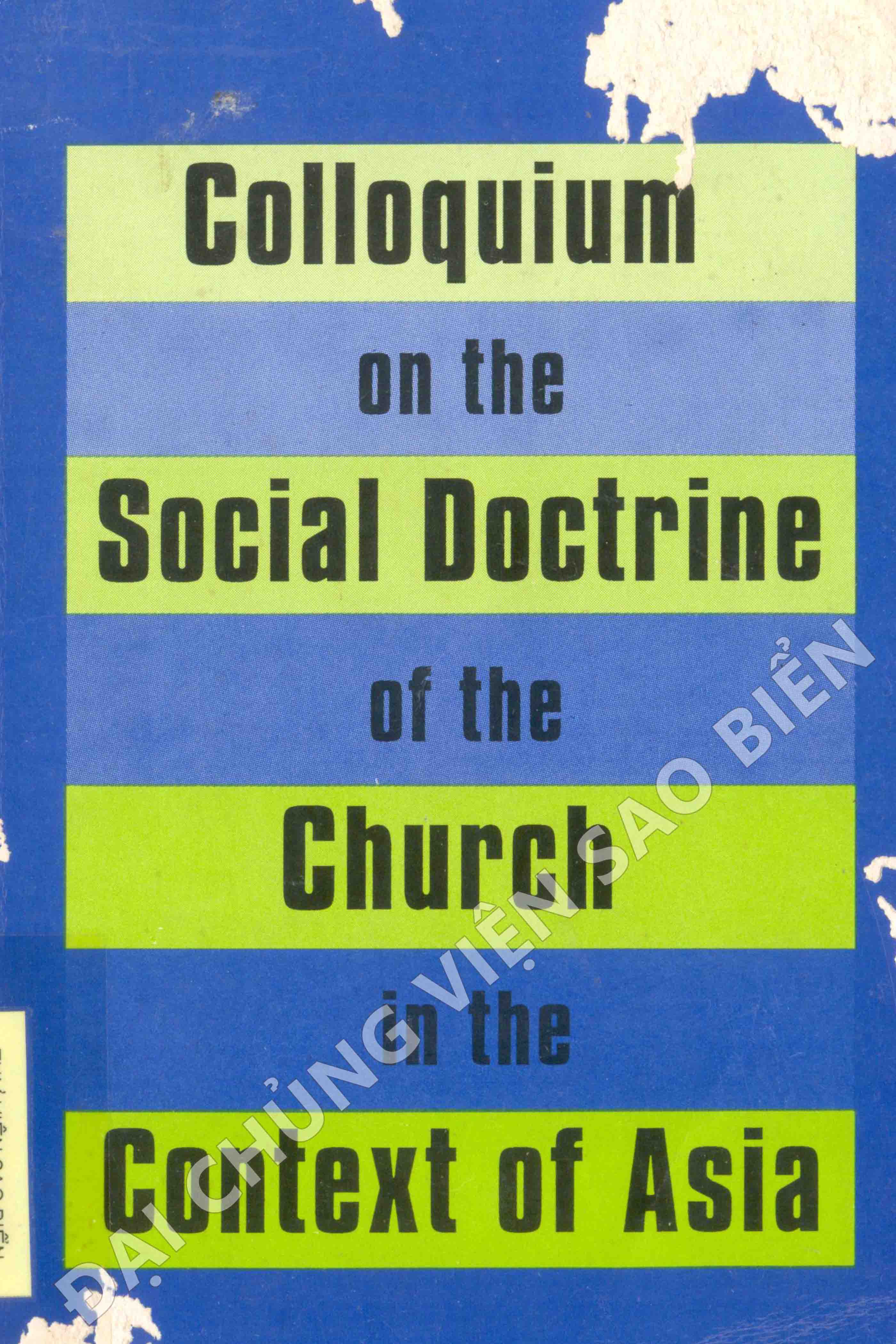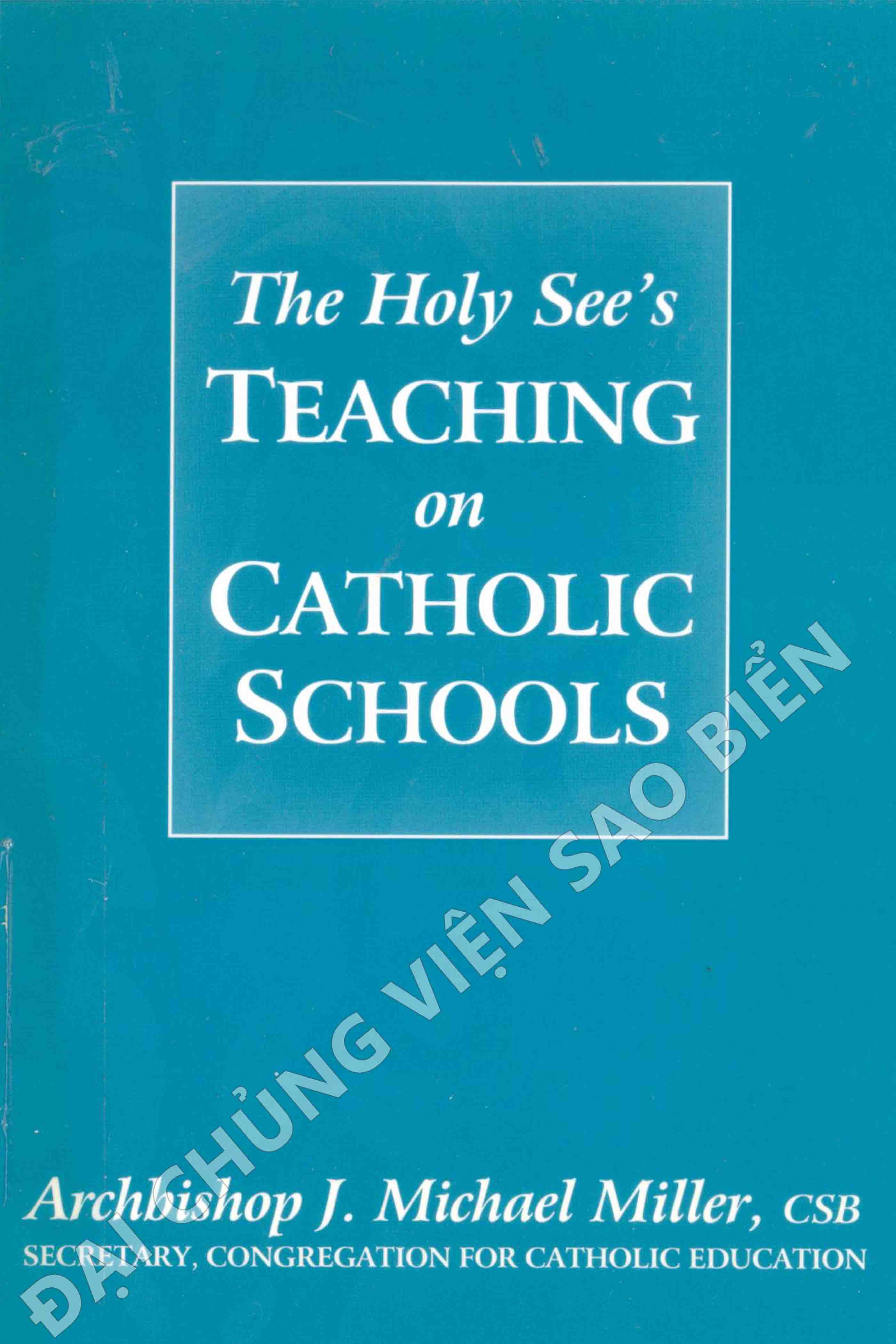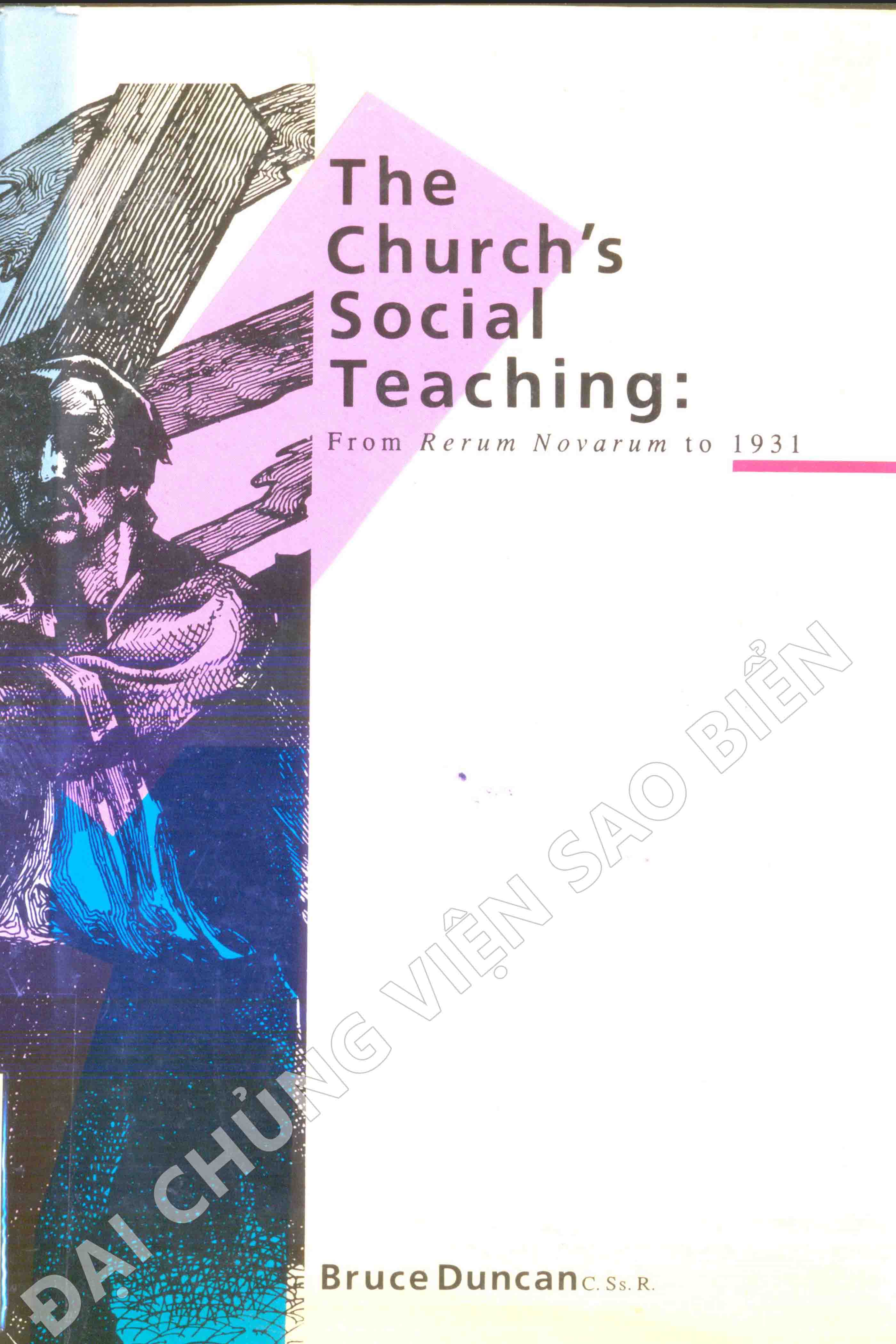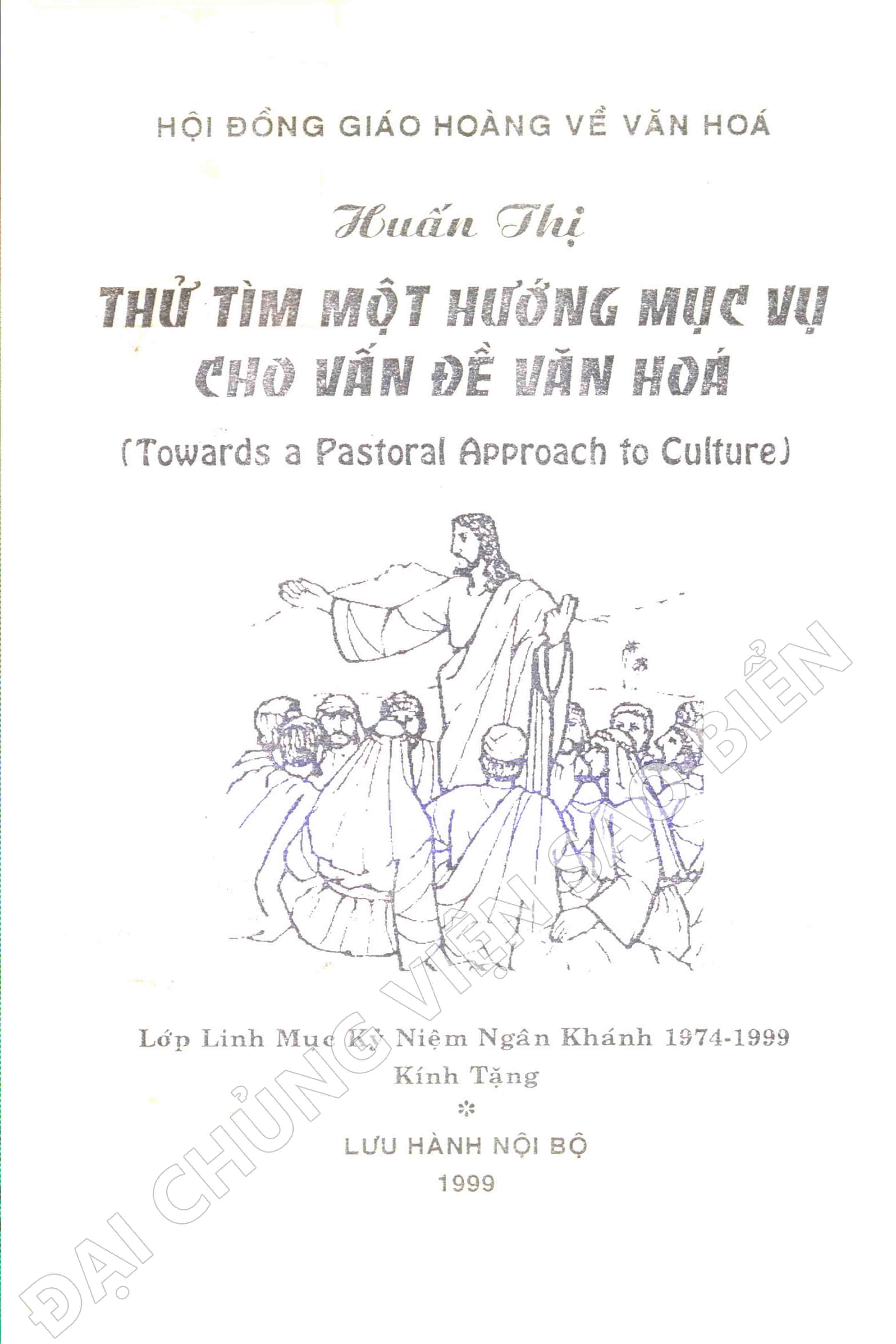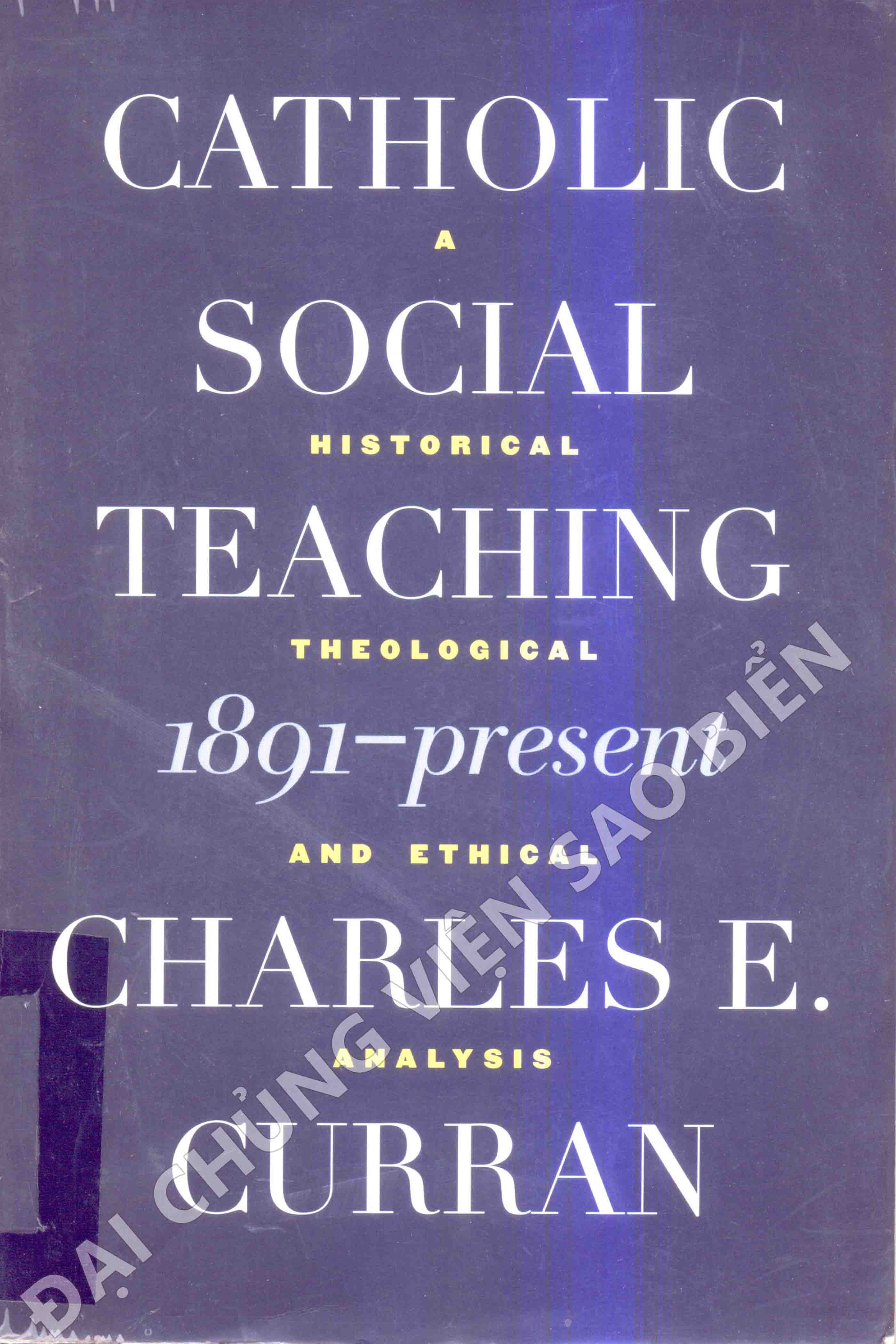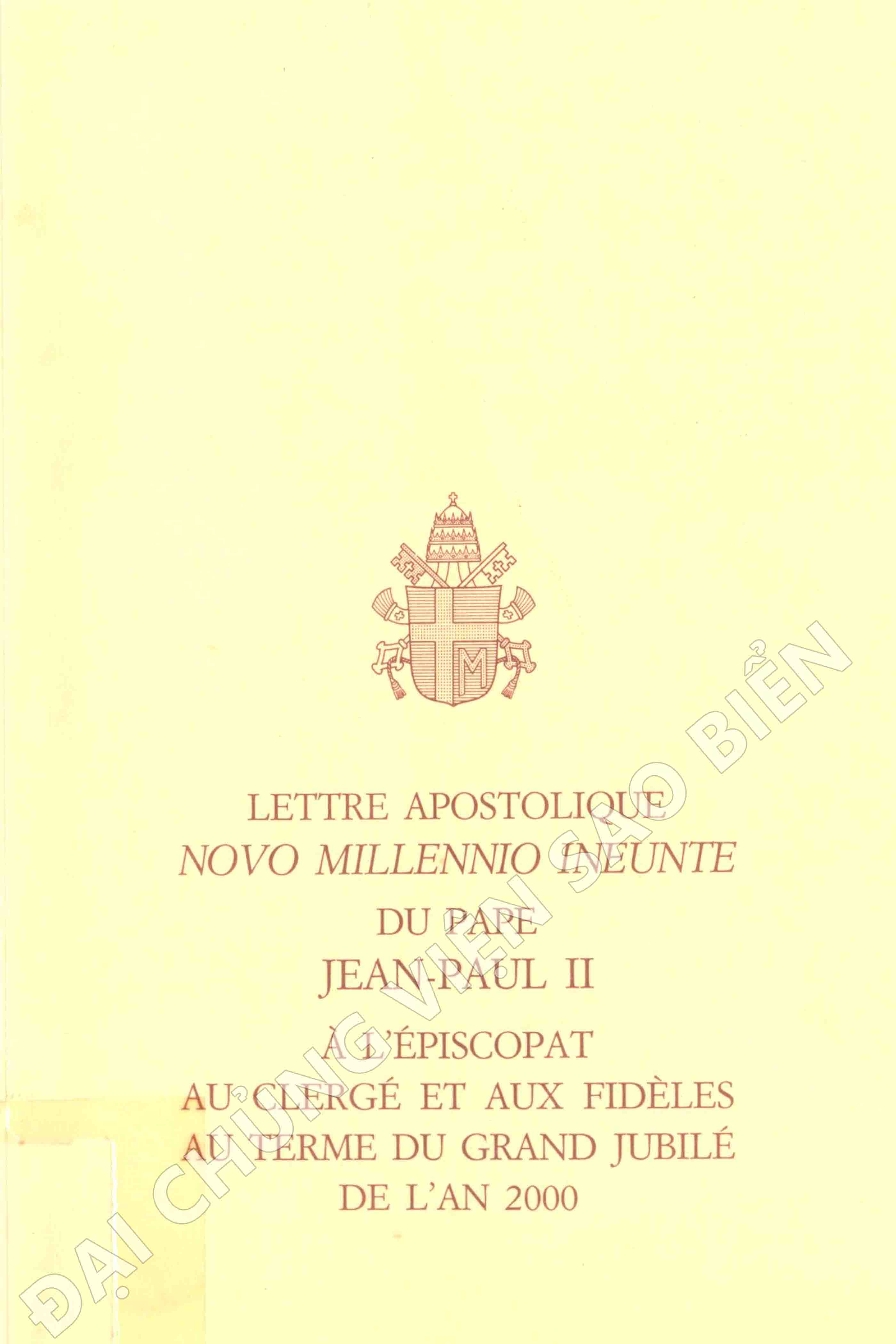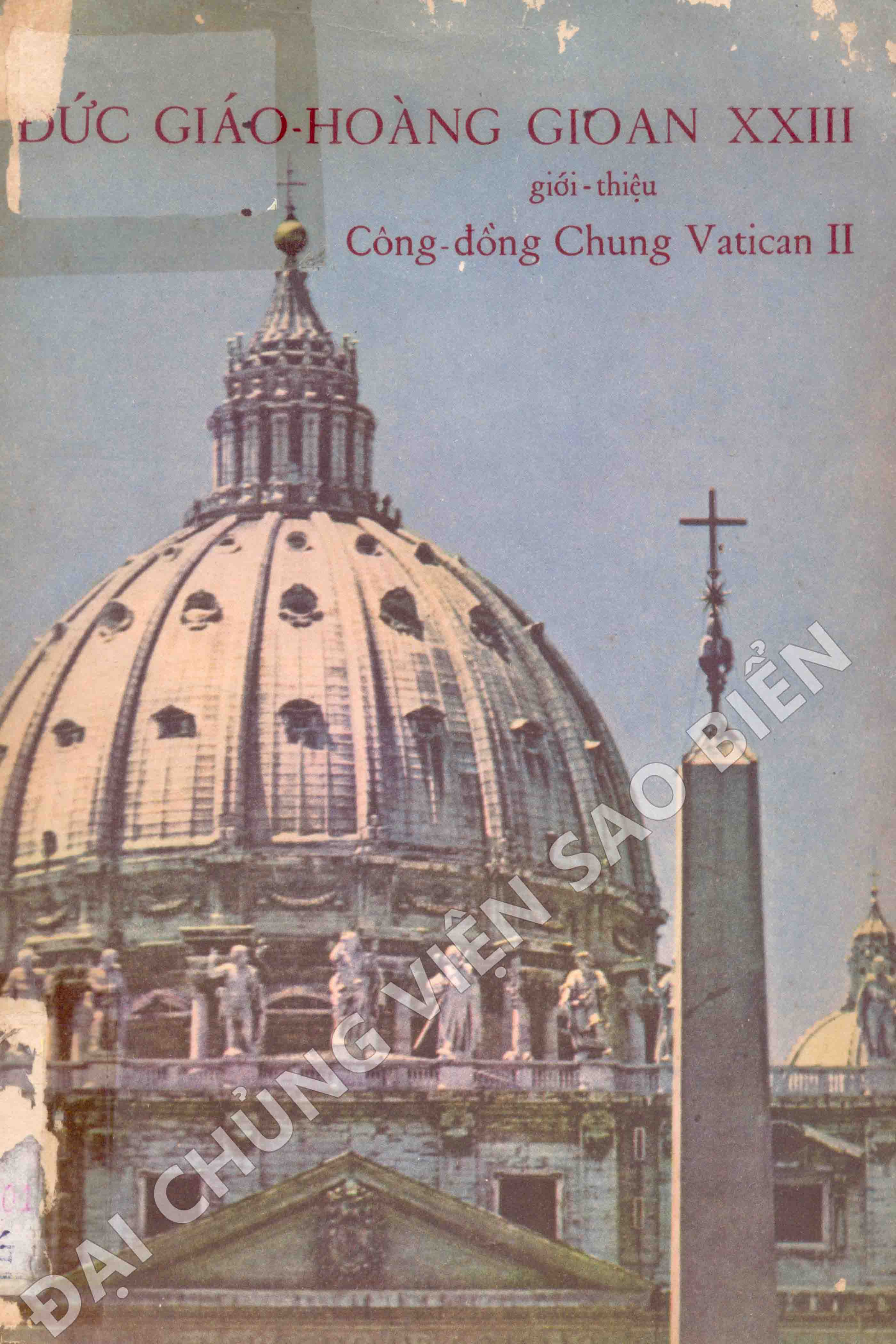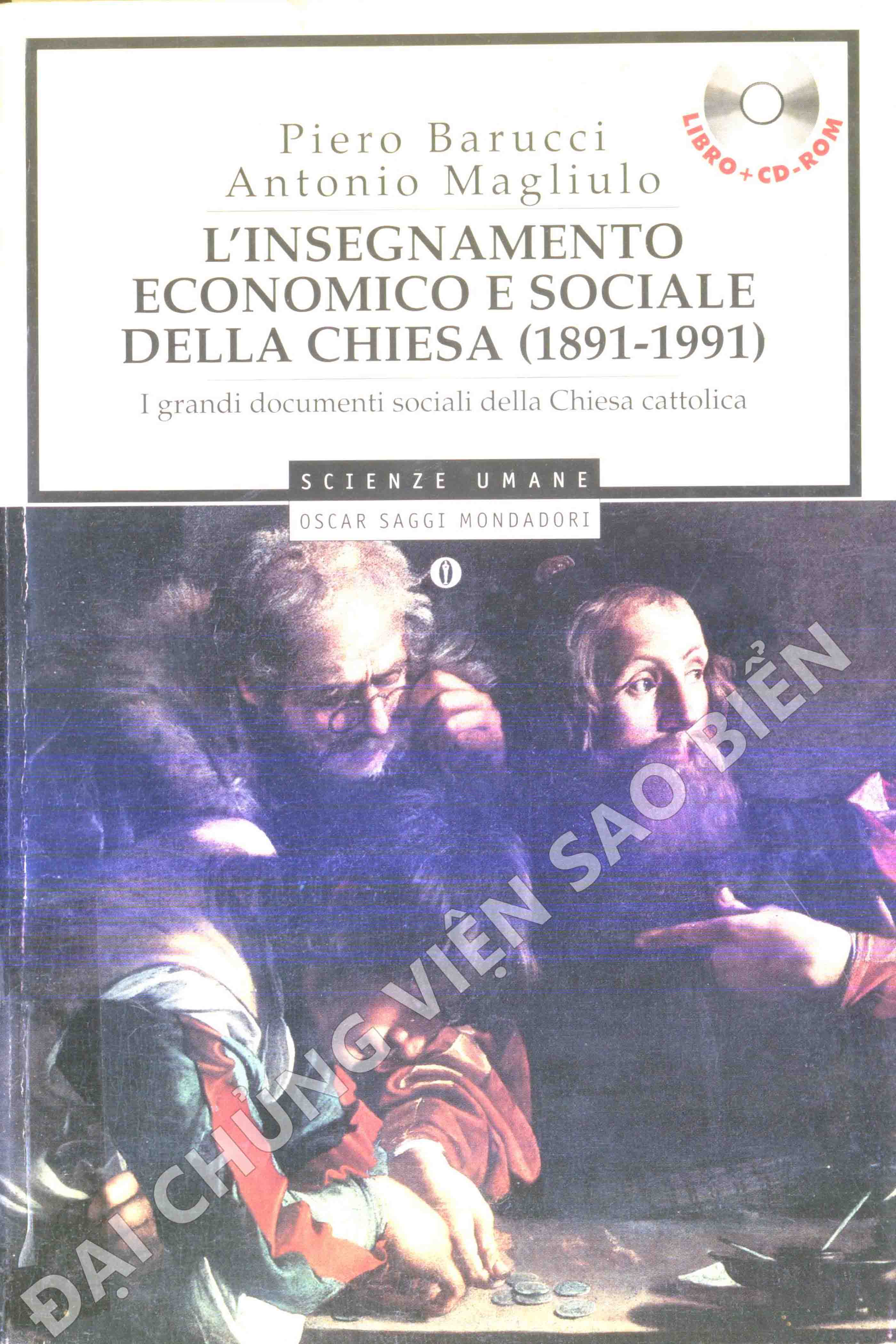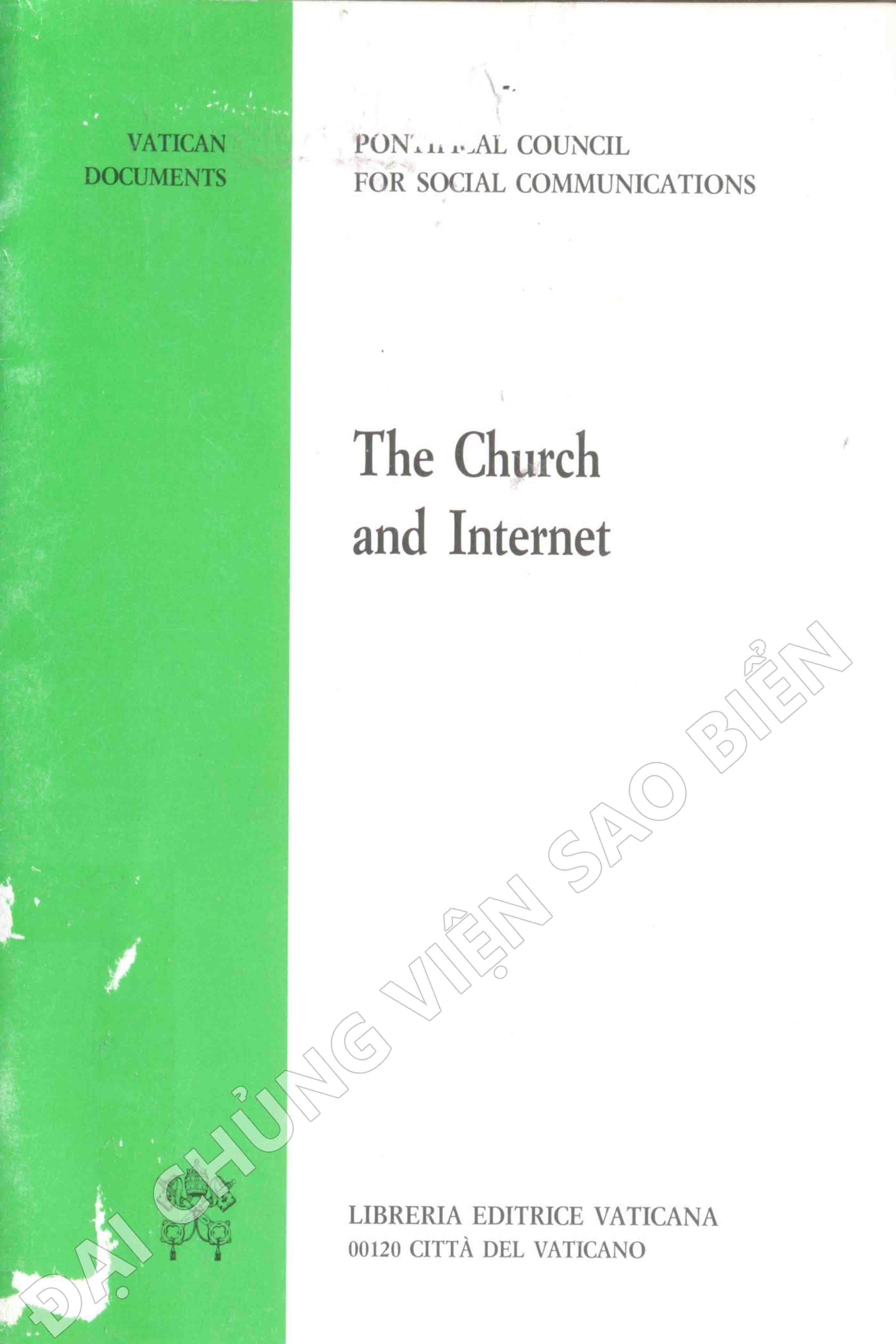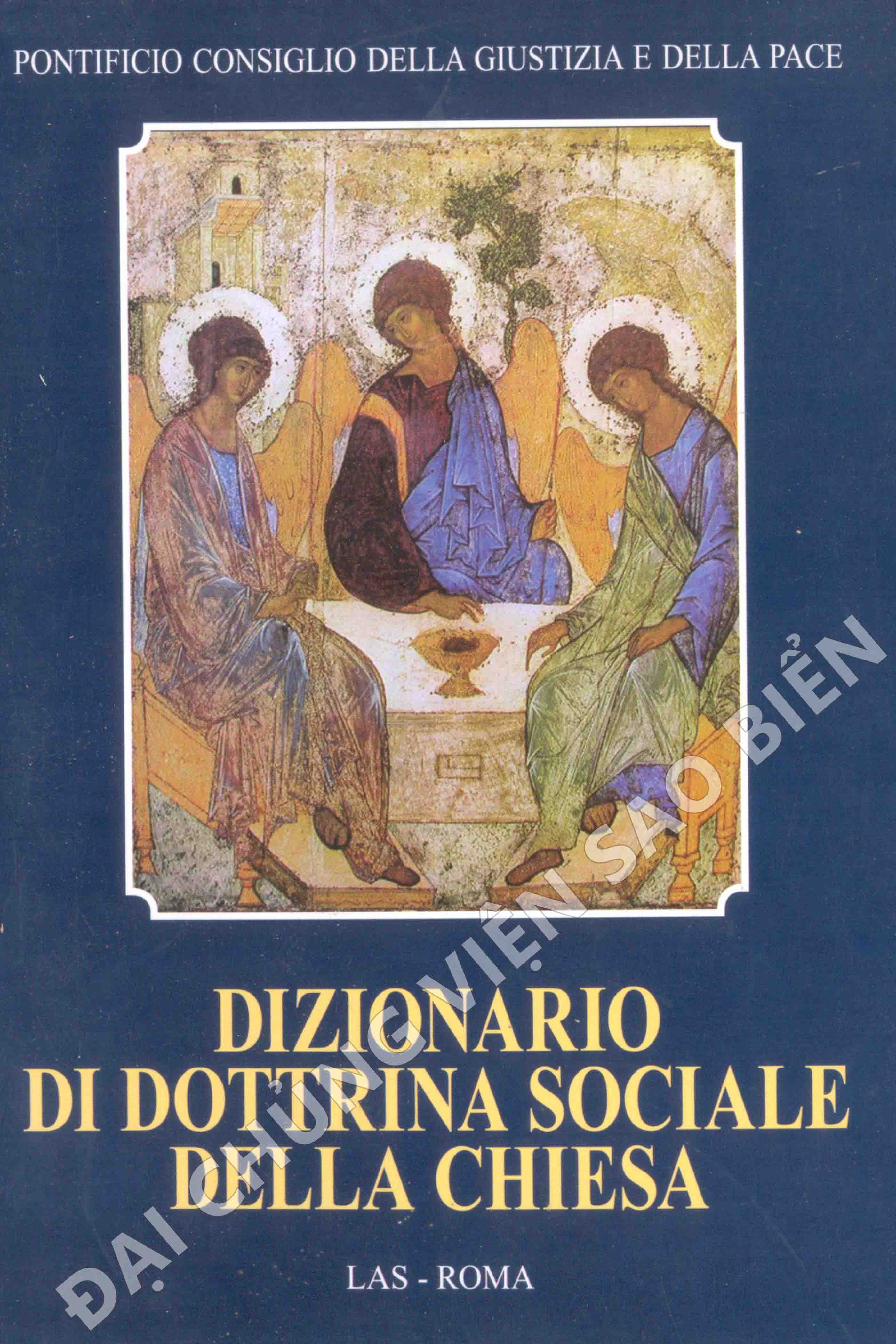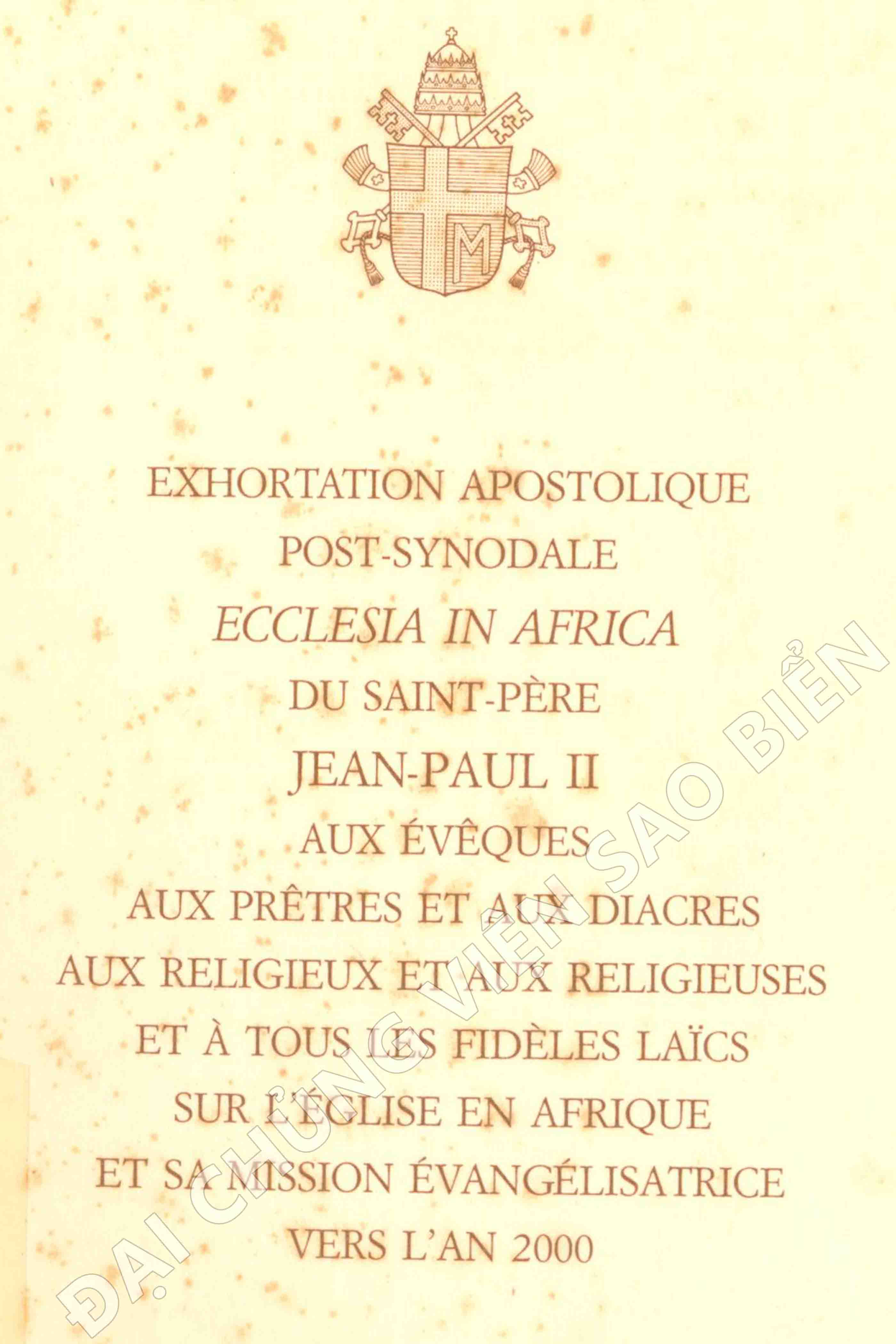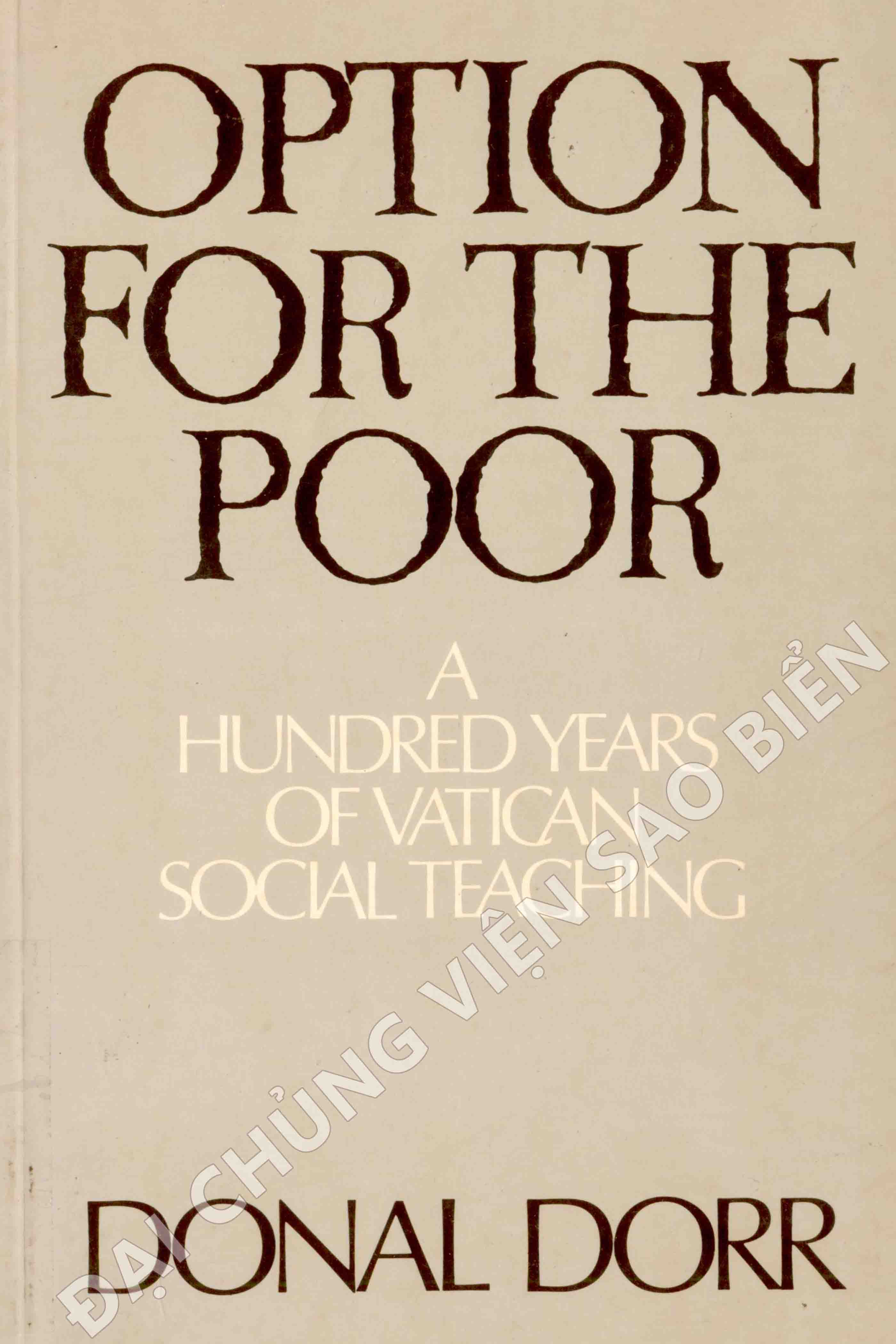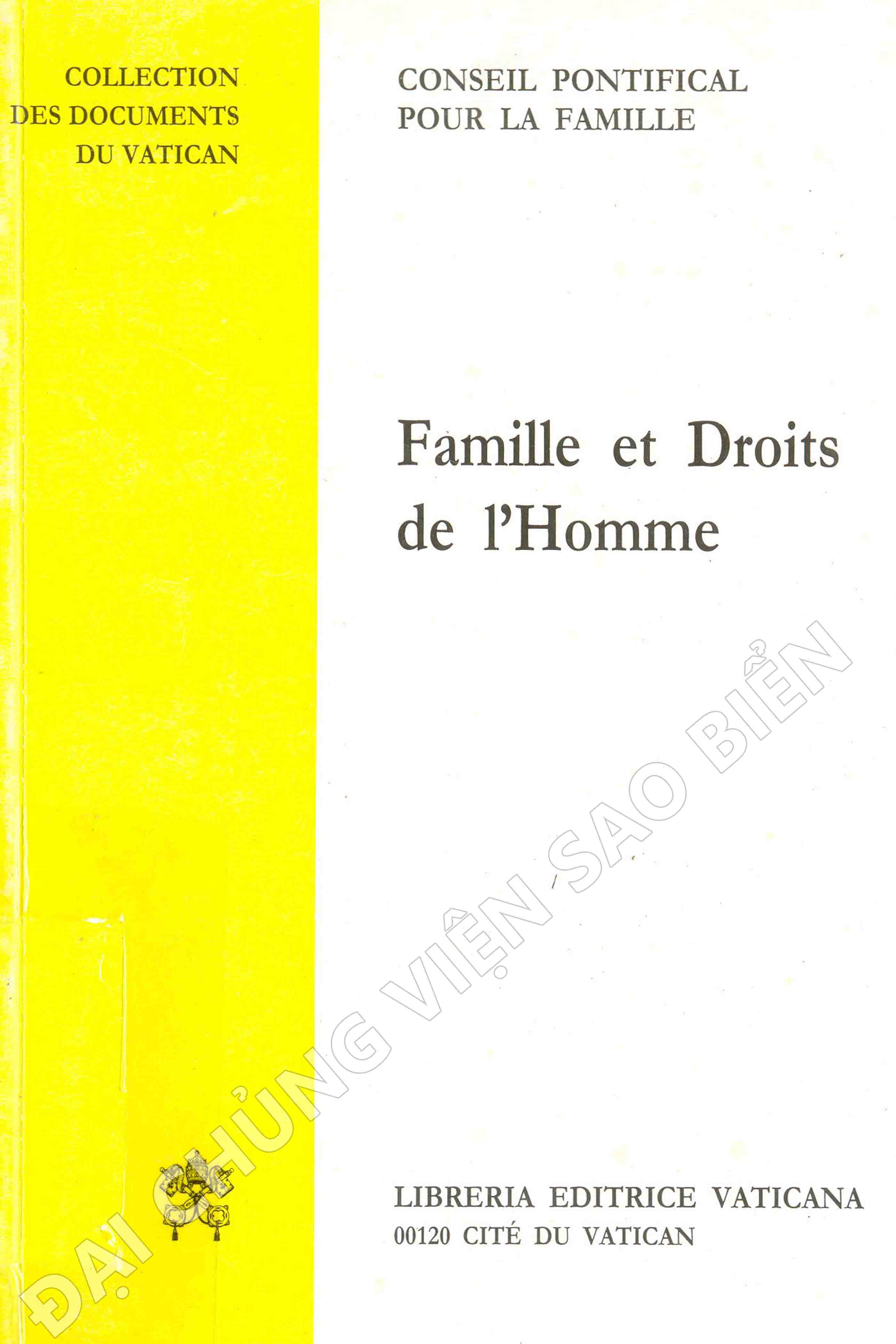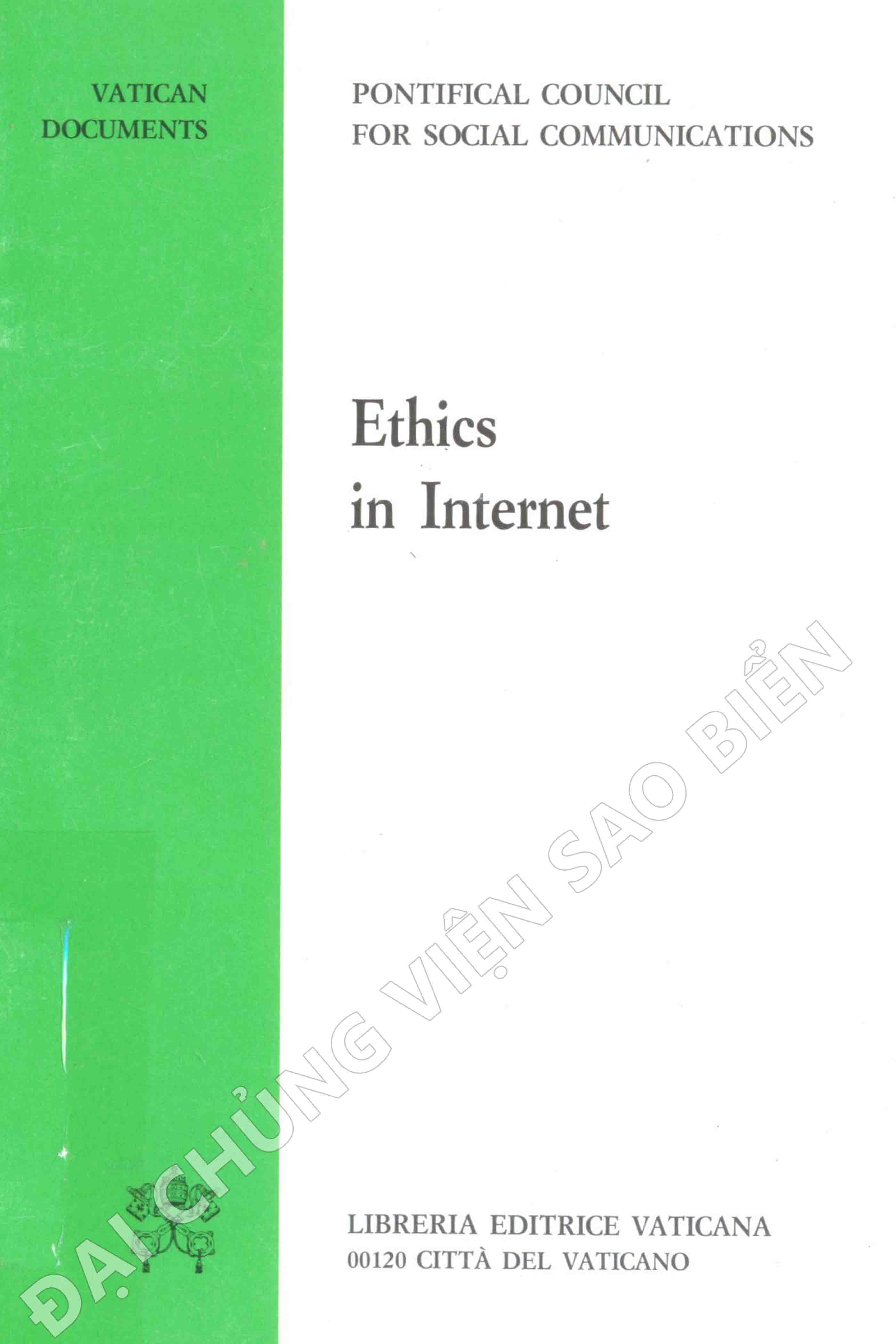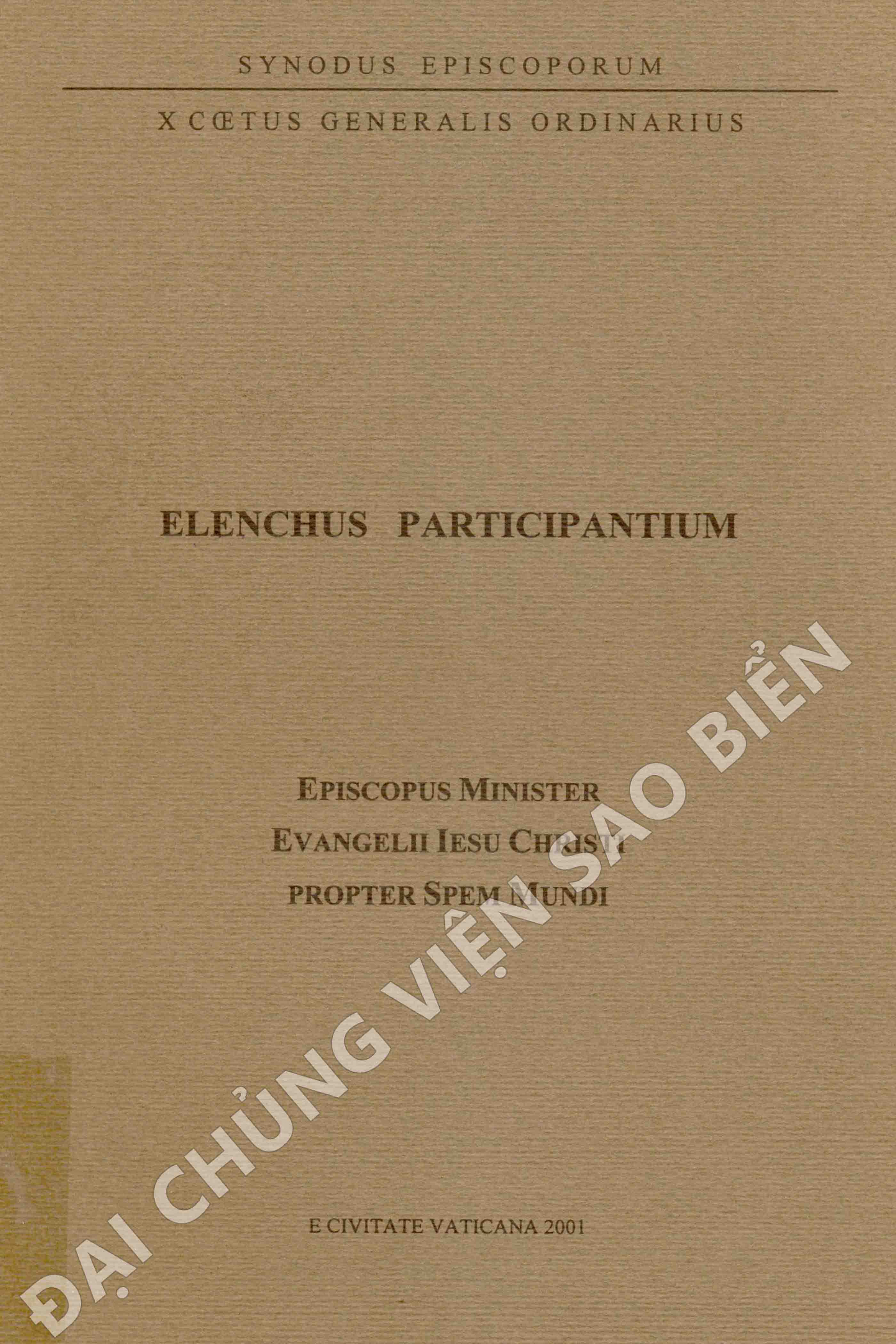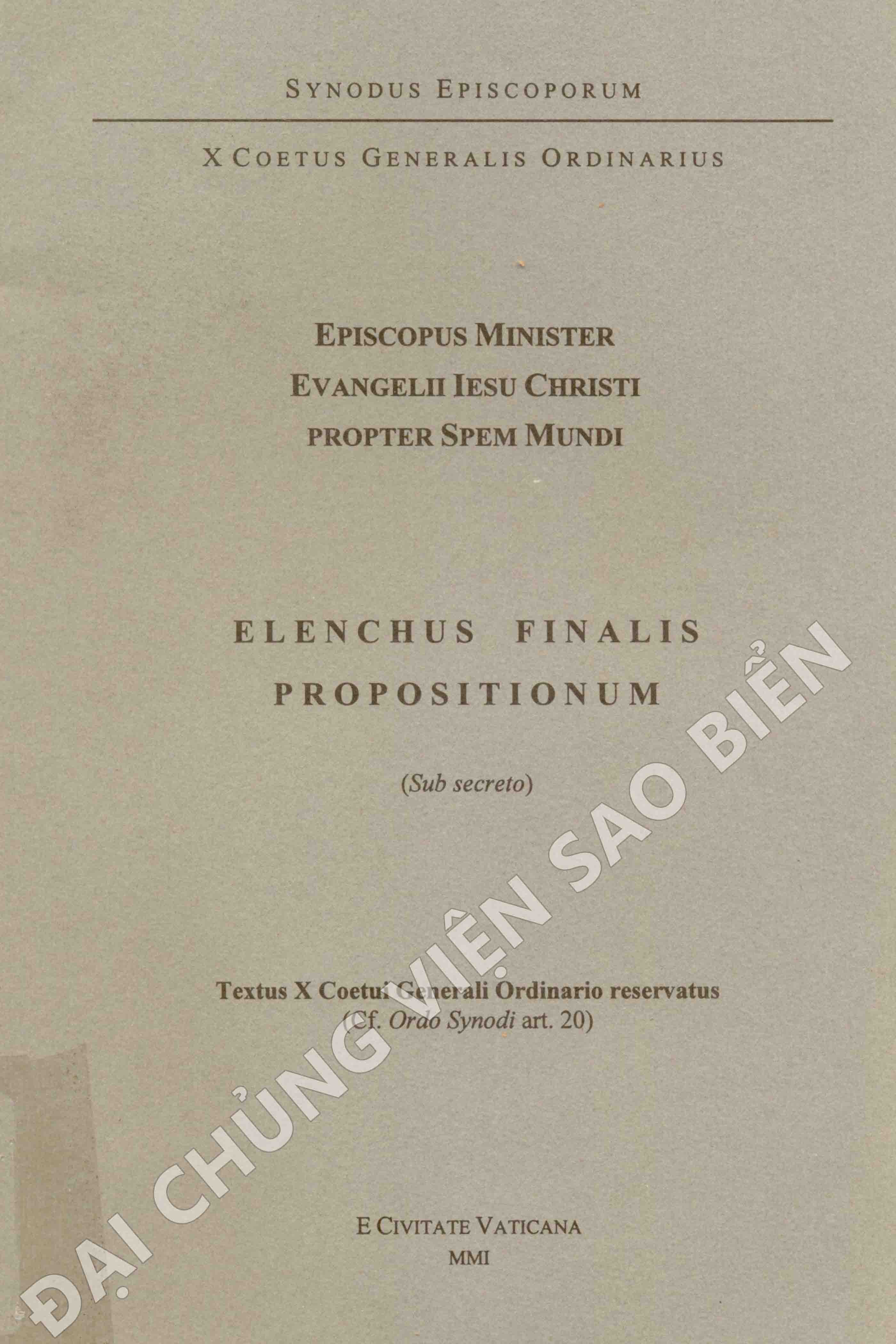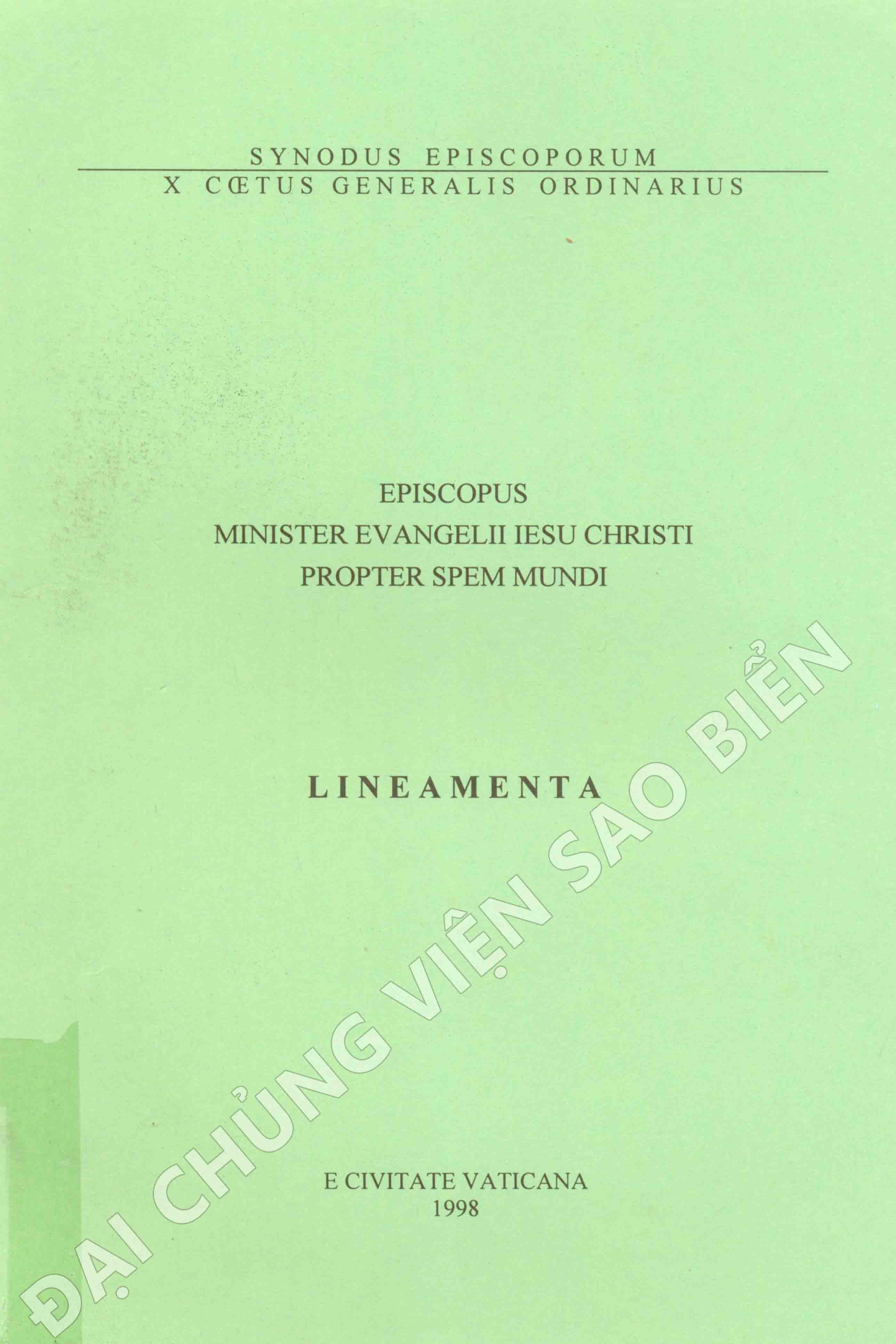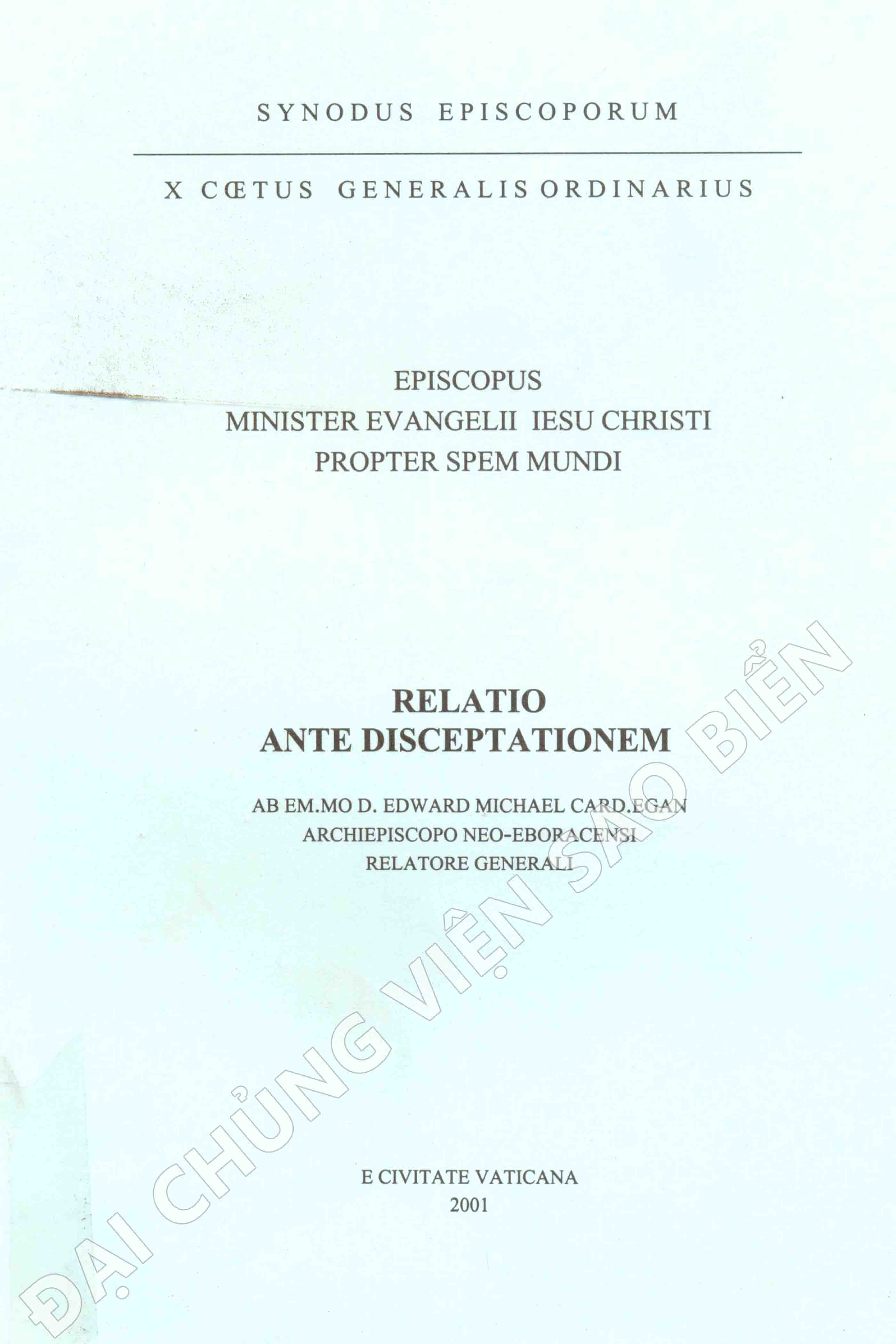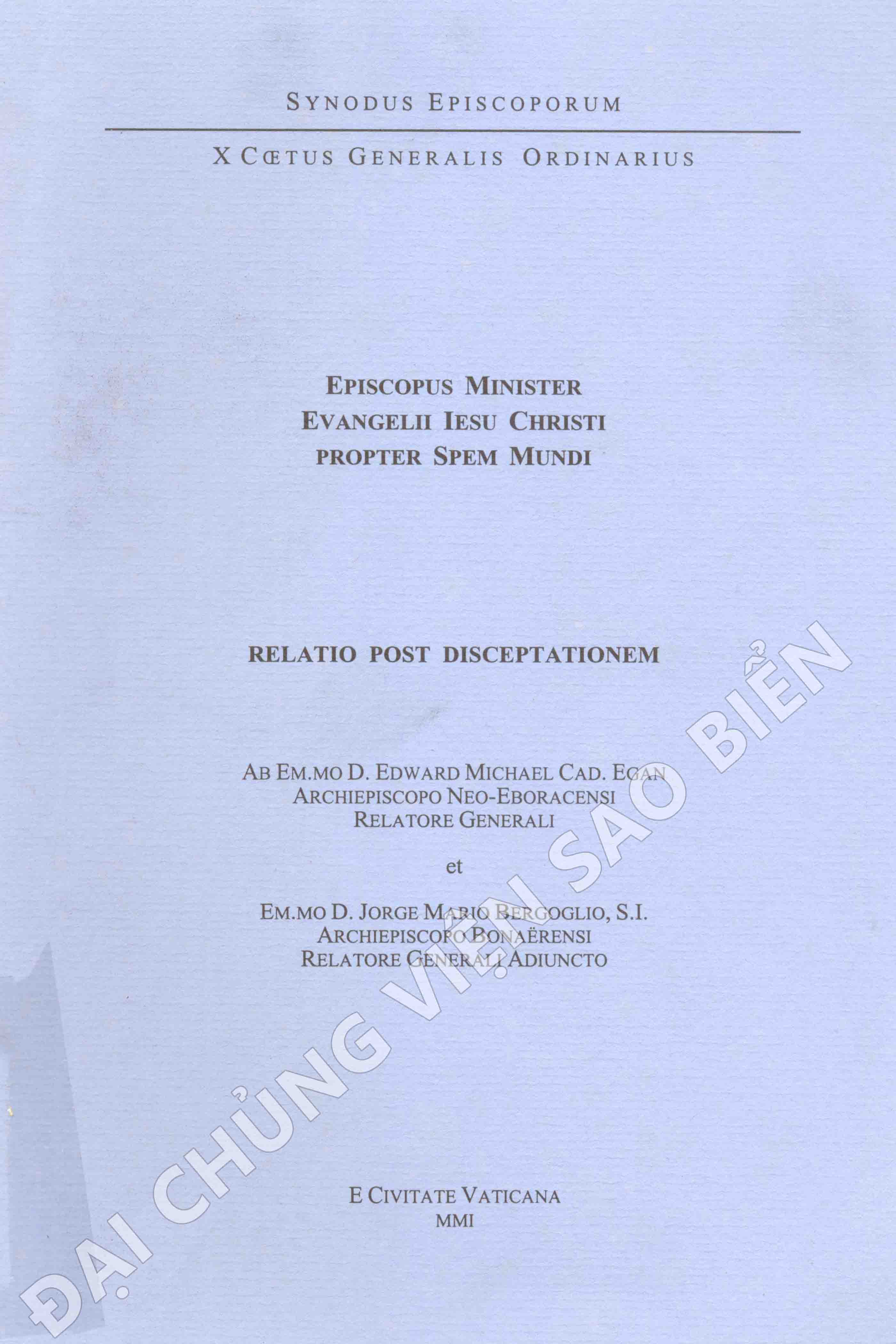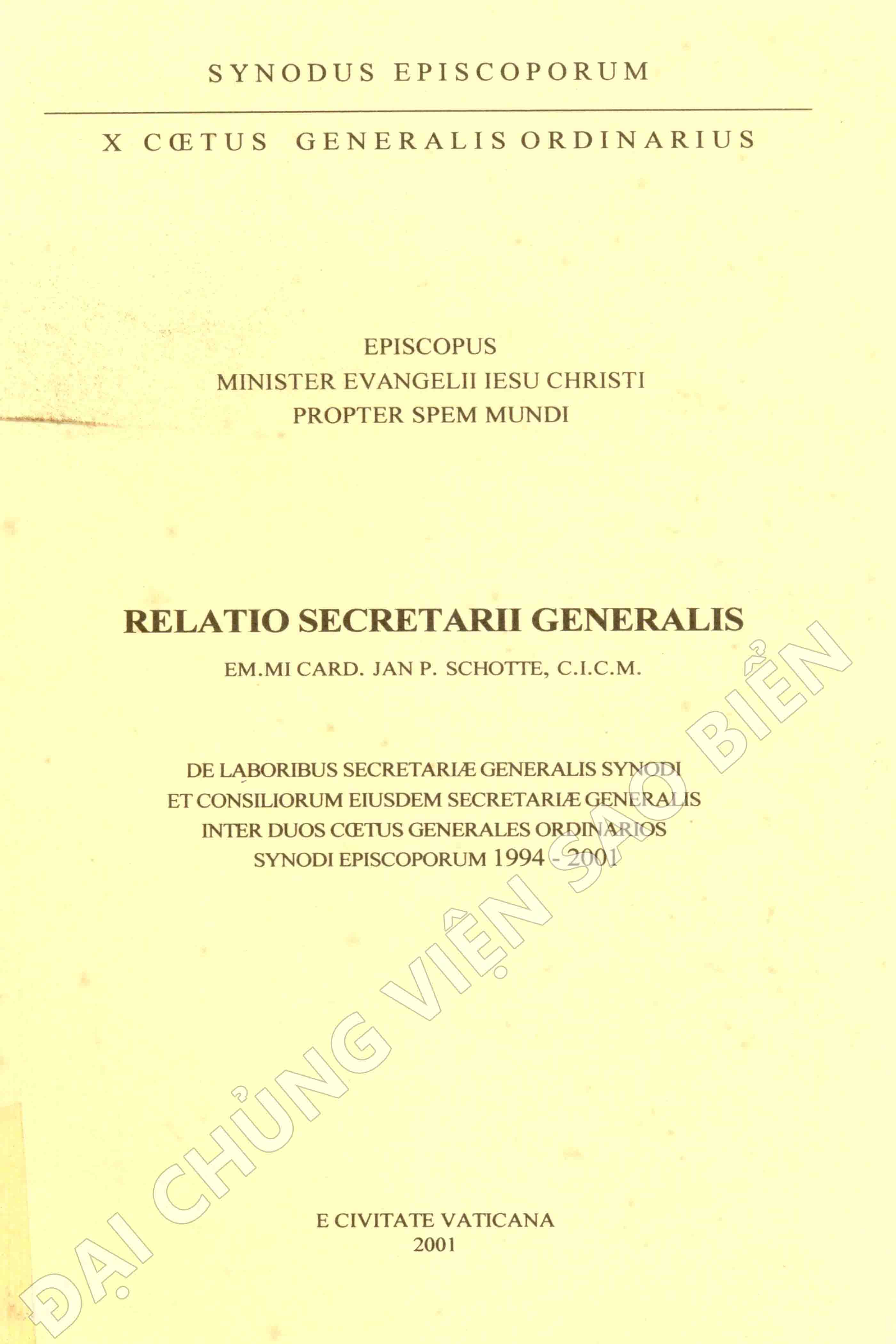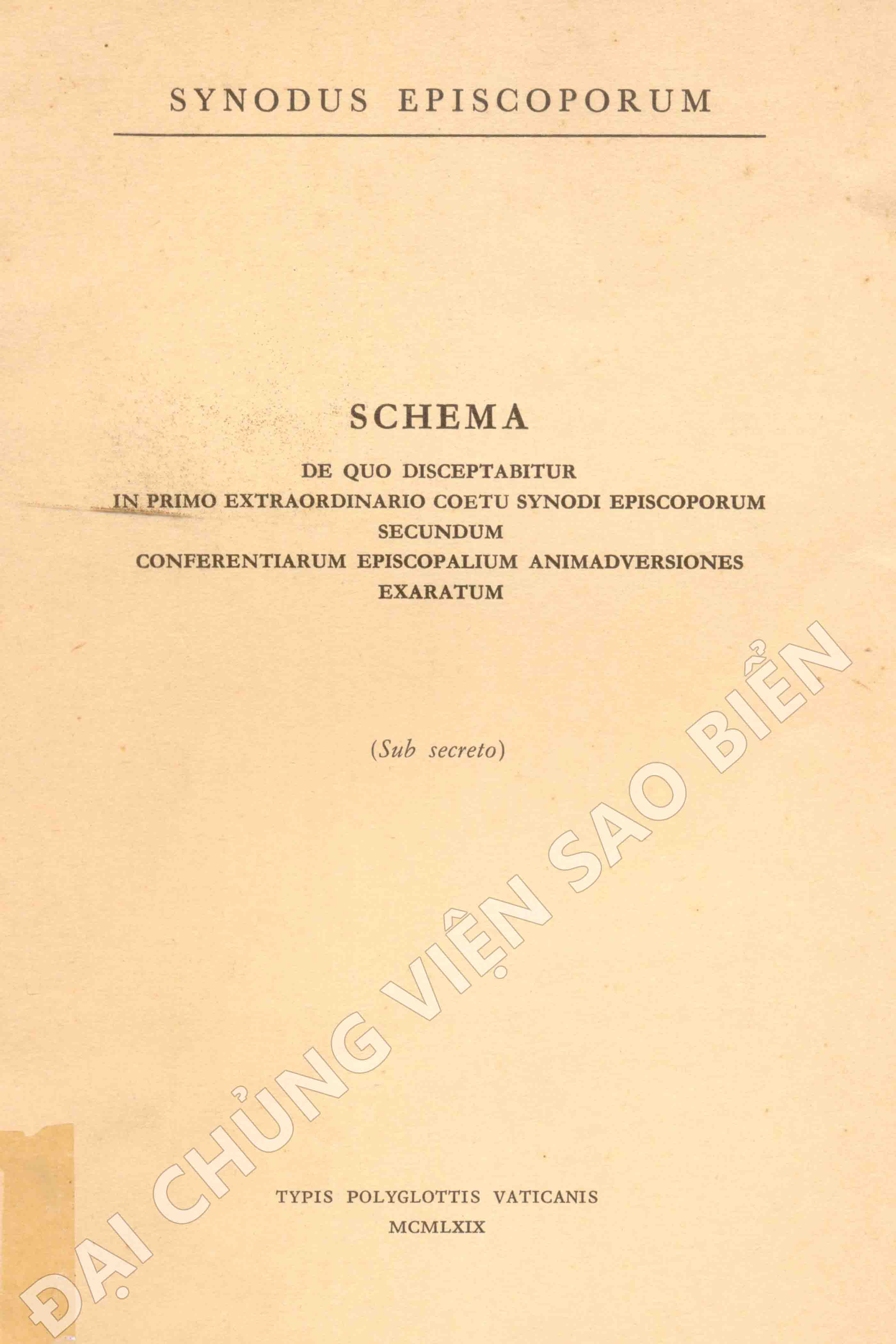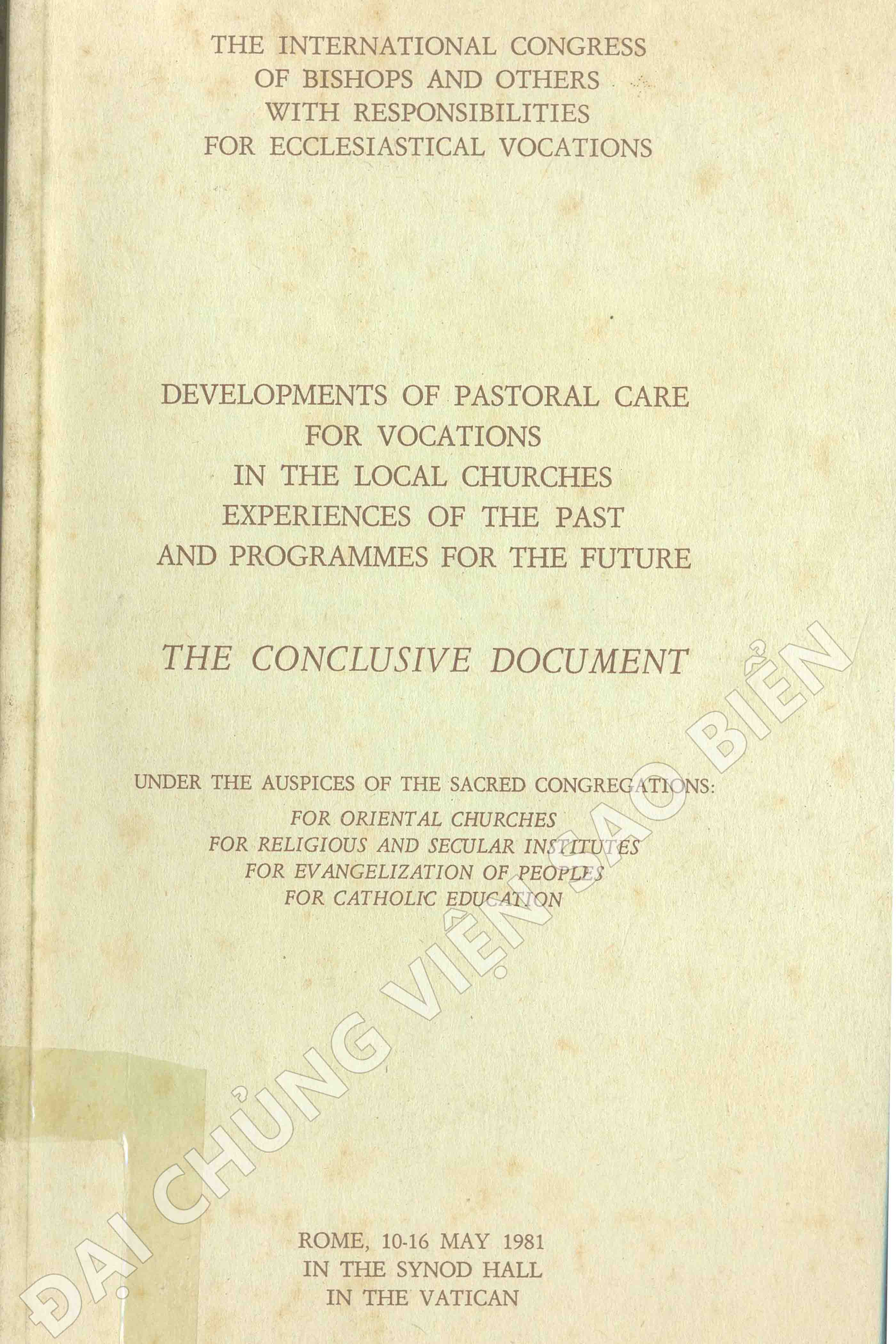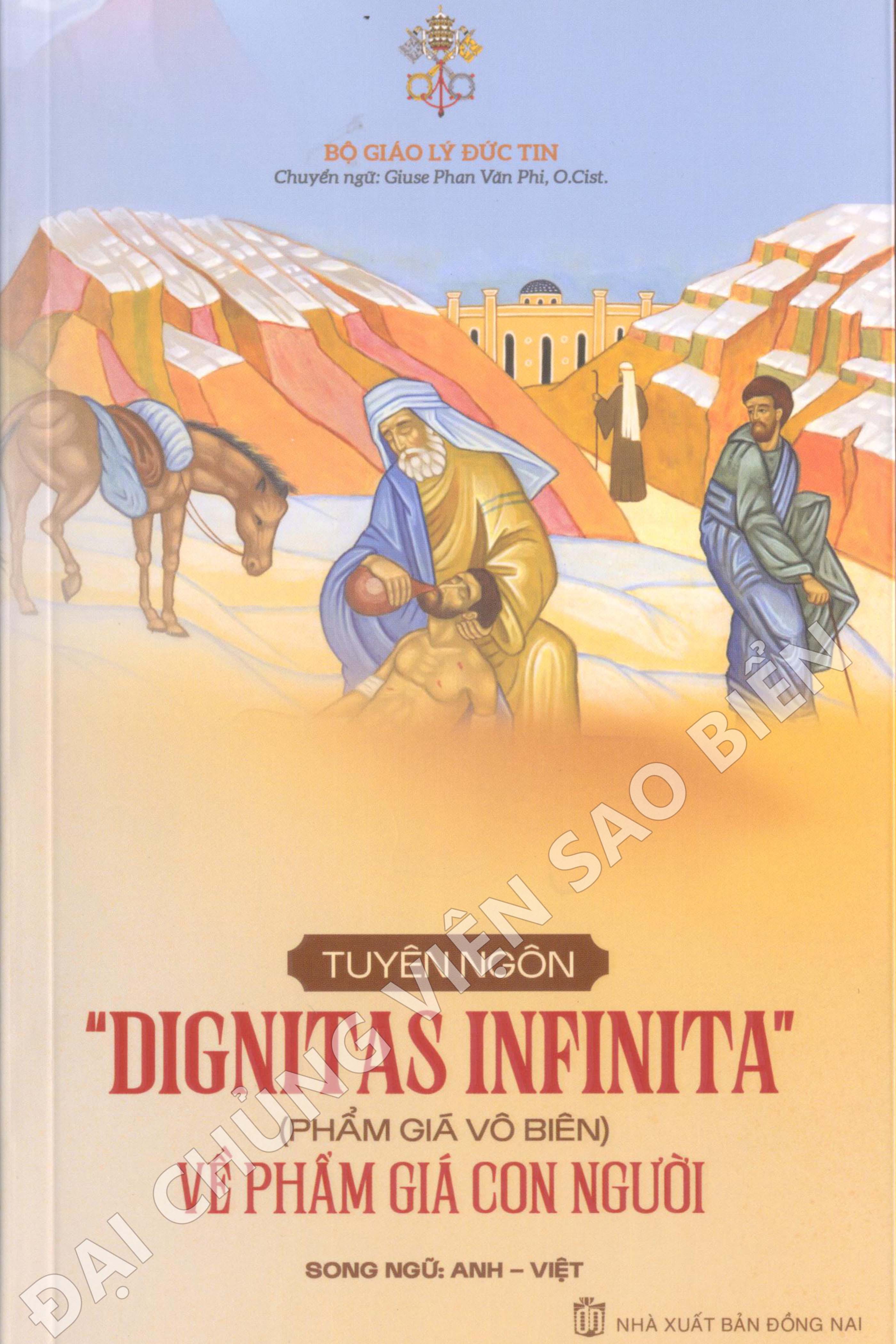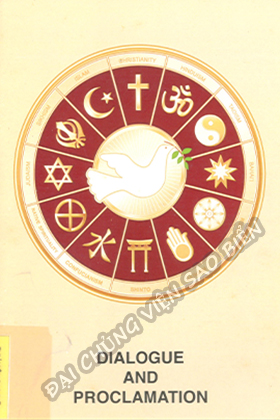
| Dialogue And Proclamation | |
| Tác giả: | Pontifical Council For Interreligious Dialogue |
| Ký hiệu tác giả: |
PC-D |
| DDC: | 262.91.2 - Văn kiện Tòa Thánh |
| Ngôn ngữ: | Anh |
| Số cuốn: | 1 |
Hiện trạng các bản sách
|
||||||||||||||||
» Thêm vào danh sách tác phẩm yêu thích
| TABLE OF CONTENTS | PAGES |
| LIST OF ABBREVIATIONS | |
| INTRODUCTION | 1 |
| Twenty five years after "Nostra Aetate". | 1 |
| a document on dialogue and mission | 1 |
| is followed by one on dialogue and proclamation. | 1 |
| The theme is relevant | 2 |
| in a pluralistic world. | 2 |
| where there is hesitation about dialogue | 2 |
| and questions are raised | 2 |
| The Day of Prayer for Peace in Assisi. | 3 |
| and the encouragement given by Pope John Paul II. | 3 |
| are further stimuli in addressing the topic | 4 |
| Terms are clarified: | 4 |
| evangelization, | 4 |
| dialogue, | 5 |
| proclamation, | 5 |
| conversion, | 5 |
| religions and religious traditions. | 6 |
| 1. INTERRELIGIOUS DIALOGUE. | 7 |
| A) A CHRISTIAN APPROACH TO RELIGIOUS TRADITIONS. | 7 |
| Religious traditions are viewed positively. | 7 |
| by Vatican II. | 7 |
| which finds in them the effects of God's grace, | 7 |
| sees the action of the Holy Spirit, | 8 |
| yet stresses the role of the Church's activity | 8 |
| The history of God's saving deeds | 9 |
| extends beyond the Chosen People to include all nations | 9 |
| Jesus' universal mission. | 10 |
| announced God's reign. | 10 |
| reaching out to all peoples. | 11 |
| The early Fathers. | 11 |
| offered a theology of history. | 12 |
| developed anew by the Magisterium. | 12 |
| Pope John Paul II. | 12 |
| teaches the mystery of the unity of humanity. | 13 |
| and the unity of salvation. | 13 |
| Discernment is needed. | 13 |
| and in dialogue all are challenged. | 14 |
| B) THE PLACE OF INTERRELIGIOUS DIALOGUE IN THE EVANGELIZING MISSION OF THE CHURCH | 14 |
| The Church is the universal sacrament of salvation, | 14 |
| the seed and the beginning of the Kingdom, | 14 |
| and to her all are related. | 15 |
| The pilgrim Church.. | 15 |
| advances towards the plenitude of divine truth. | 16 |
| in a dialogue of salvation. | 16 |
| with people of other religions. | 16 |
| leading to a deeper commitment. | 17 |
| and conversion to God. | 17 |
| C) FORMS OF DIALOGUE. | 17 |
| The forms of dialogue. | 17 |
| are interconnected, | 18 |
| touching human liberation. | 18 |
| and culture | 19 |
| D) DISPOSITIONS FOR INTERRELIGIOUS DIALOGUE AND ITS FRUITS. | 19 |
| Dialogue requires balance, | 19 |
| religious conviction, | 20 |
| and openness to truth, | 20 |
| but promises rich rewards | 20 |
| E) OBSTACLES TO DIALOGUE. | 21 |
| Difficulties in dialogue can arise | 21 |
| from various human factors, | 21 |
| which are never insurmountable. | 22 |
| II. PROCLAIMING JESUS CHRIST | 23 |
| A) THE MANDATE FROM THE RISEN LORD | 23 |
| Jesus sent his disciples to proclaim the Gospel. | 23 |
| which he himself had proclaimed, | 24 |
| and to which he had borne witness by his life. | 24 |
| B) THE ROLE OF THE CHURCH | 24 |
| The Church's work of proclamation | 24 |
| continues that of Jesus. | 25 |
| C) THE CONTENT OF PROCLAMATION | 25 |
| Peter preached the risen Christ. | 25 |
| Paul announced the mystery kept hidden through all the ages. | 26 |
| John bore witness to the Word of Life. | 27 |
| The word, proclaimed by the Church, is full of power. | 27 |
| D) THE PRESENCE AND POWER OF THE HOLY SPIRIT. | 27 |
| The Church relies on the presence. | 27 |
| and the power of the Spirit. | 28 |
| E) THE URGENCY OF PROCLAMATION | 28 |
| to fulfil its obligation. | 28 |
| to proclaim salvation in Christ. | 29 |
| F) THE MANNER OF PROCLAMATION | 29 |
| The Church follows the lead of the Spirit. | 29 |
| in learning how to proclaim, | 29 |
| with qualities derived from the Gospel, | 30 |
| in close union with Christ. | 31 |
| G) OBSTACLES TO PROCLAMATION. | 31 |
| Proclamation meets with difficulties, | 31 |
| on the part of Christians | 31 |
| and from outside the Christian community. | 32 |
| H) PROCLAMATION IN THE EVANGELIZING MISSION OF THE CHURCH | 32 |
| Within the evangelizing mission of the Church, | 32 |
| proclamation is a sacred duty. | 33 |
| III. INTERRELIGIOUS DIALOGUE AND PROCLAMATION | 34 |
| A) INTERRELATED YET NOT INTERCHANGEABLE | 34 |
| The Church's mission. | 34 |
| must be sensitive to circumstances. | 34 |
| B) THE CHURCH AND RELIGIONS | 34 |
| It extends to all. | 34 |
| in dialogue. | 35 |
| C) PROCLAIMING JESUS CHRIST. | 35 |
| and proclamation. | 35 |
| D) COMMITMENT TO THE ONE MISSION | 36 |
| as two ways of the same mission. | 36 |
| Love wishes to share. | 36 |
| under the guidance of the Spirit. | 37 |
| E) JESUS OUR MODEL. | 37 |
| and according to the example of Jesus, | 37 |
| who gave himself for all humankind. | 37 |
| CONCLUSION. | 39 |
| Special attention for each religion | 39 |
| demands study. | 39 |
| and prayer. | 39 |


Các tác phẩm cùng thể loại
-
Tác giả: John Molomy
-
Tác giả: Nhiều Tác Giả
-
Tác giả: Bộ Phong Thánh
-
Tác giả: Nhiều Tác Giả
-
Tác giả: Nhiều Tác Giả
-
Tác giả: Hội Đồng Tòa Thánh Về Gia Đình
-
Tác giả: Donal Dorr
-
Tác giả: Nhiều Tác Giả
-
Tác giả: Nhiều Tác Giả
-
Tác giả: Nhiều Tác Giả
-
Tác giả: Nhiều Tác Giả
-
Tác giả: Nhiều Tác Giả
-
Tác giả: Nhiều Tác Giả
Đăng Ký Đặt Mượn Sách




